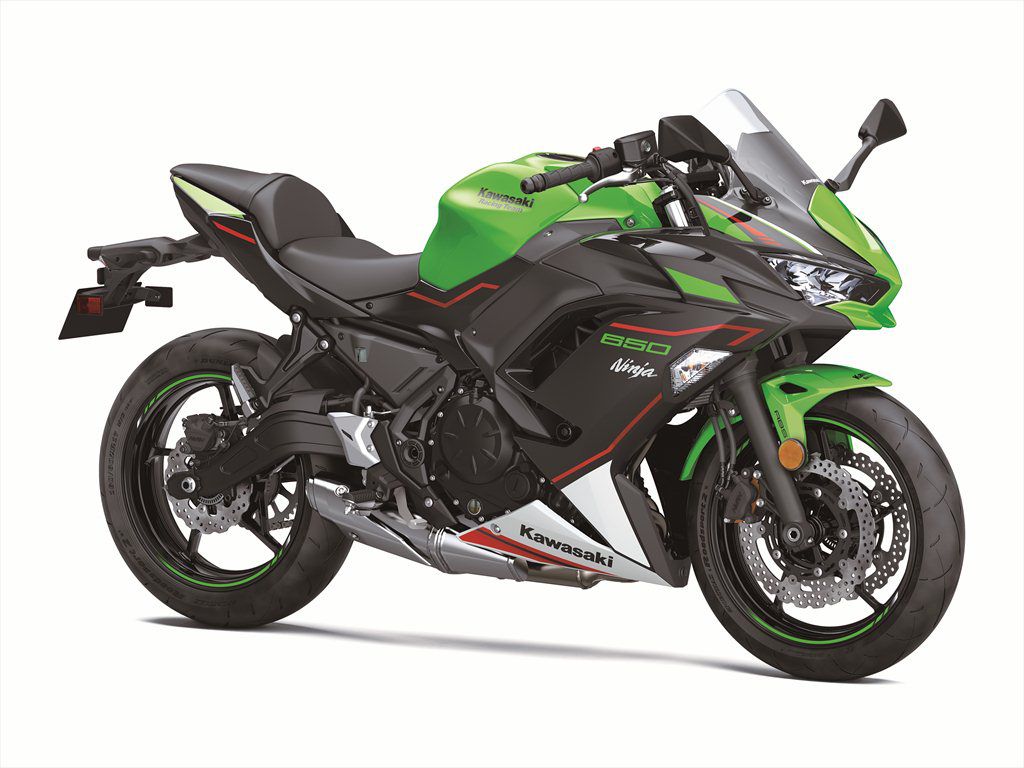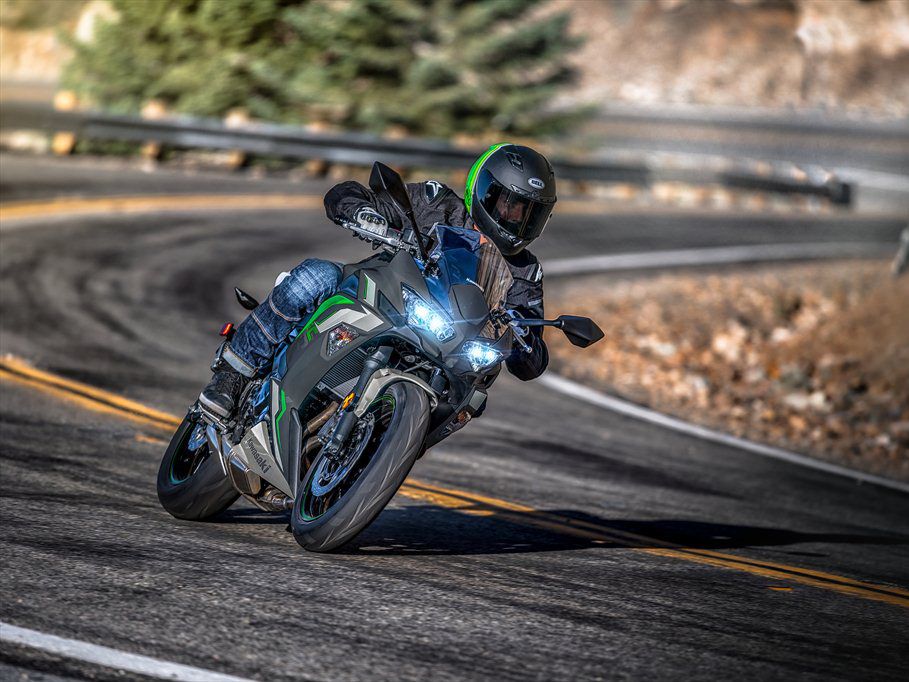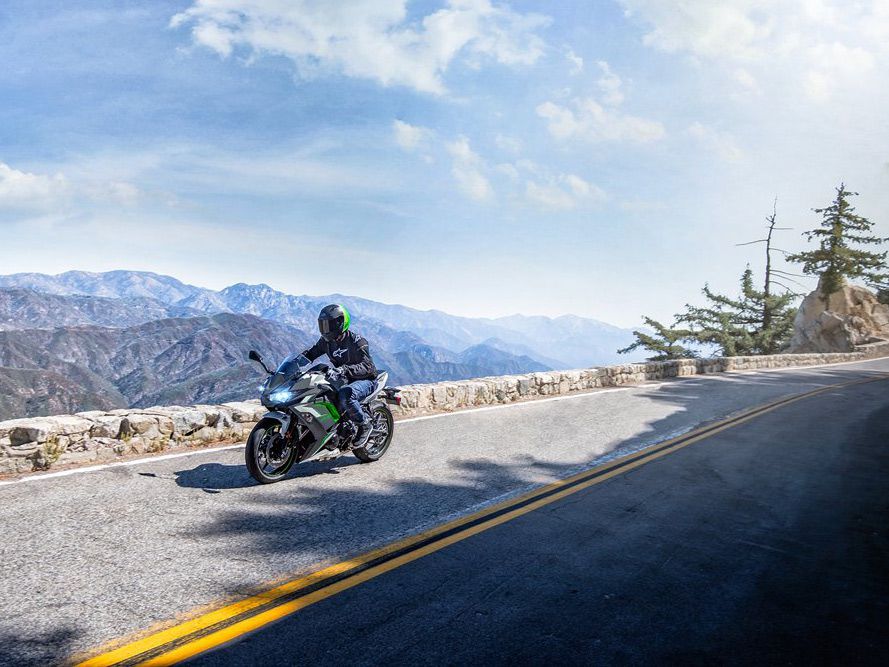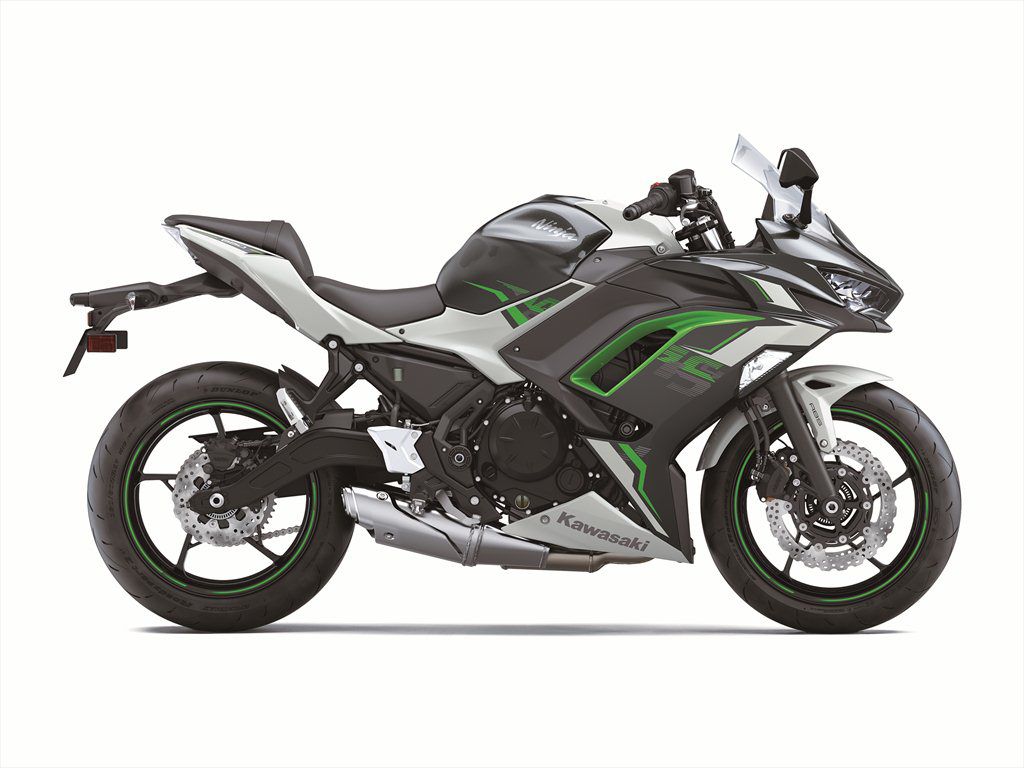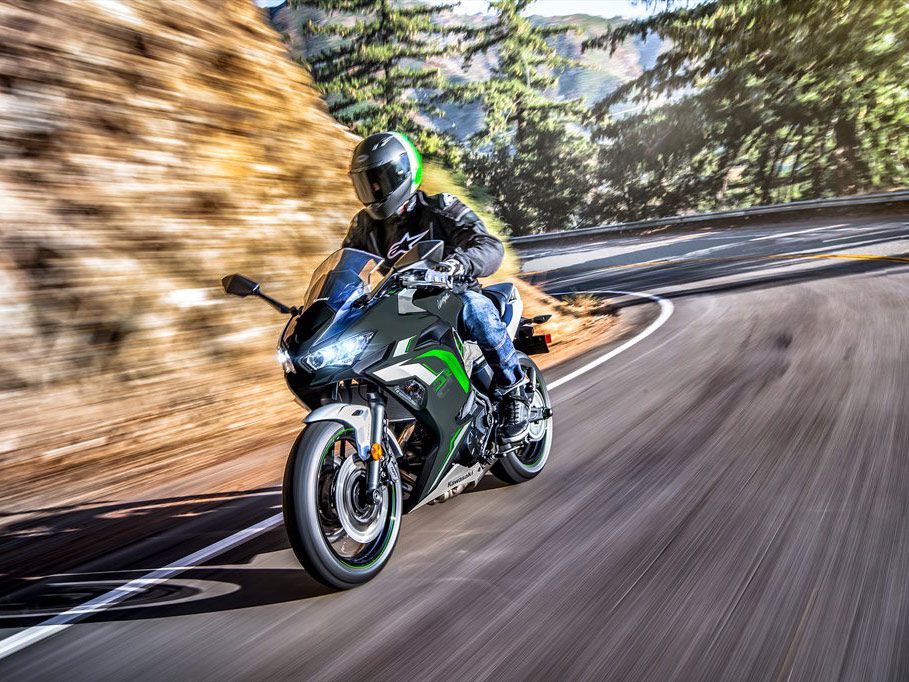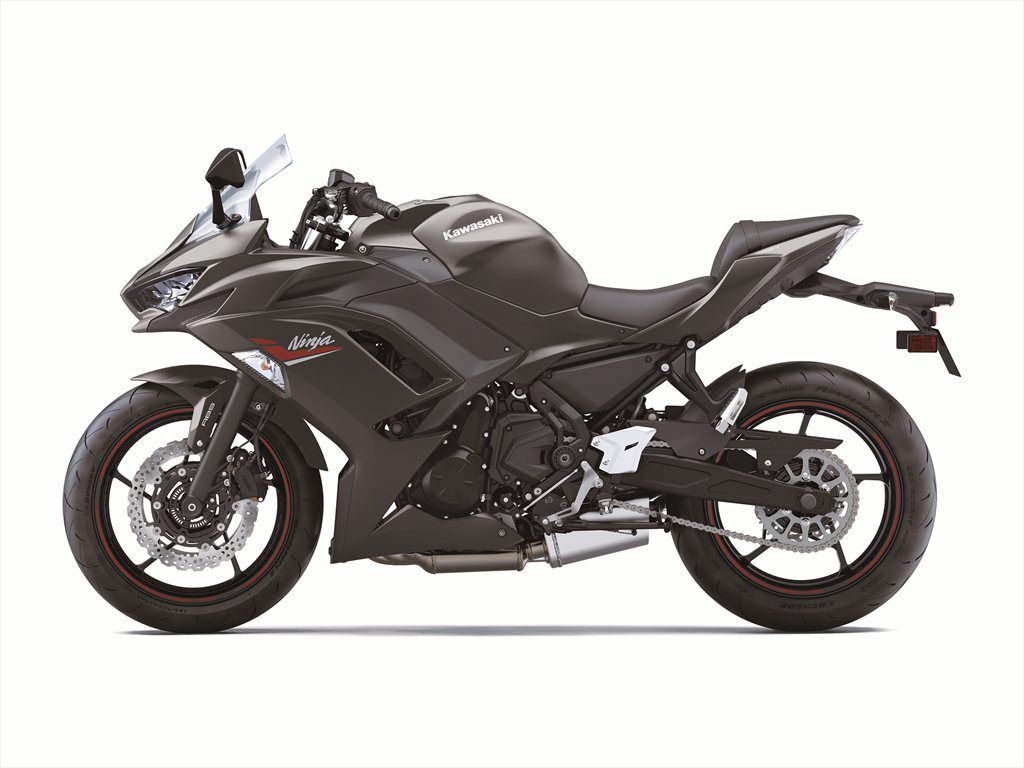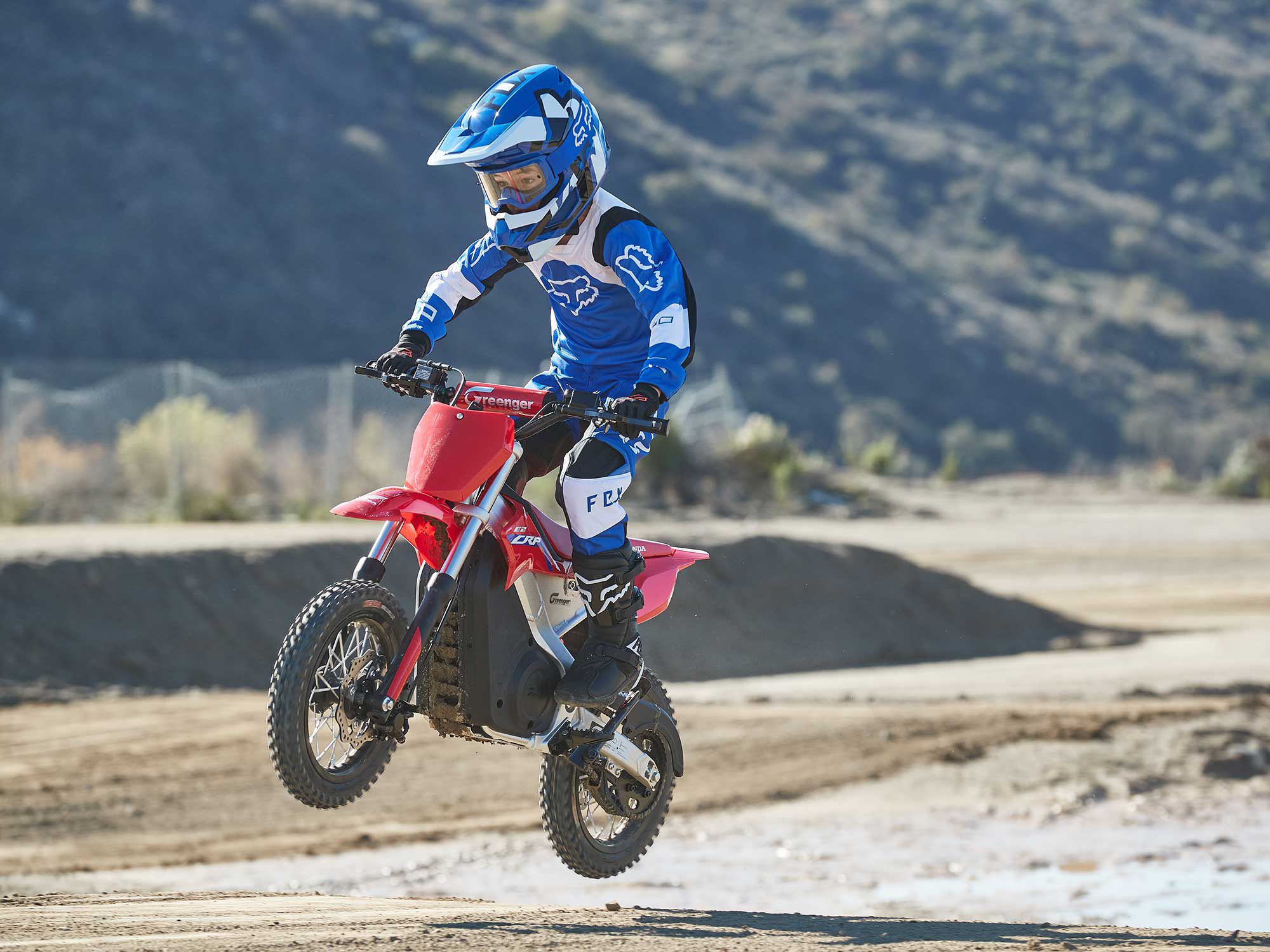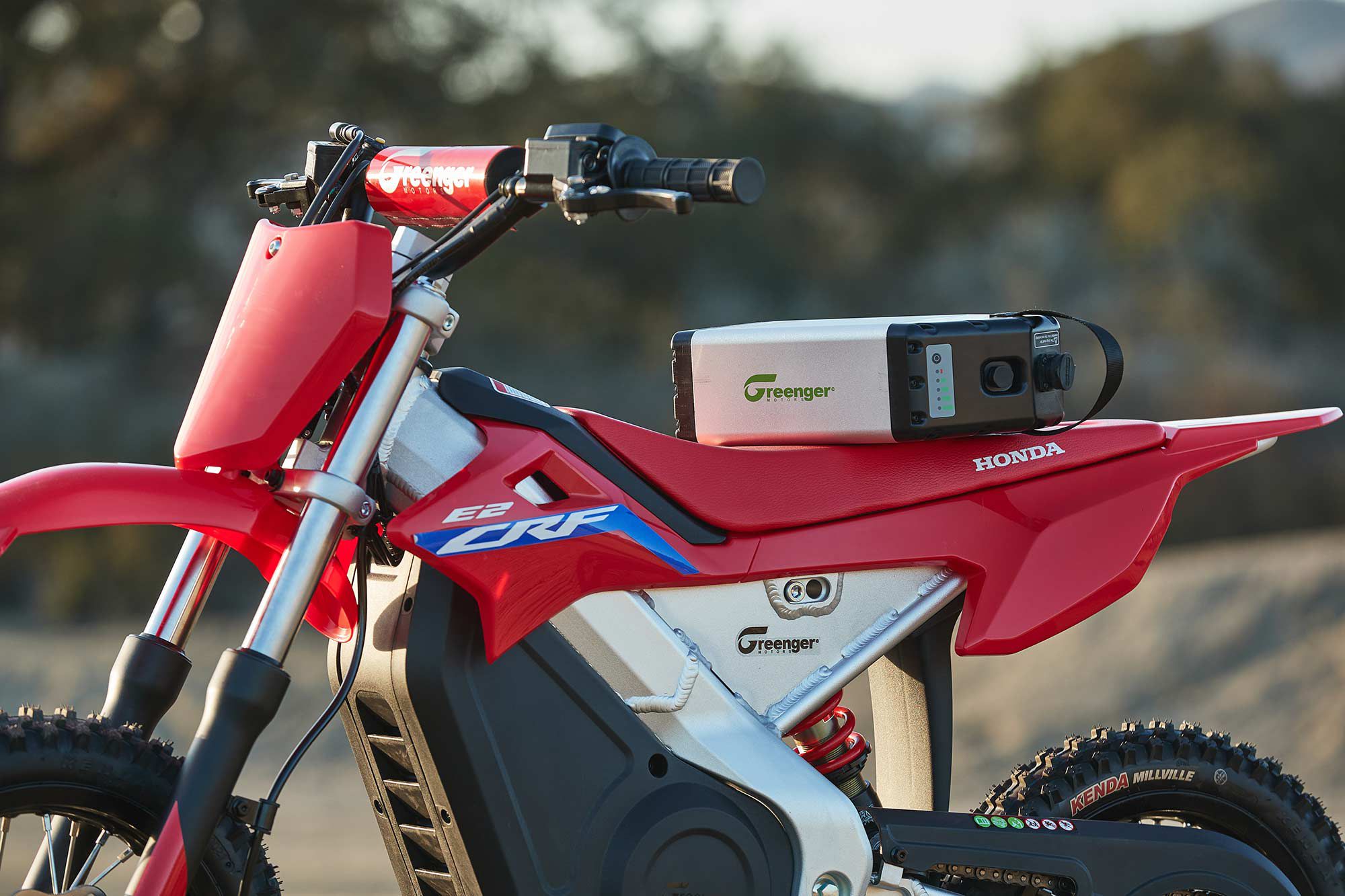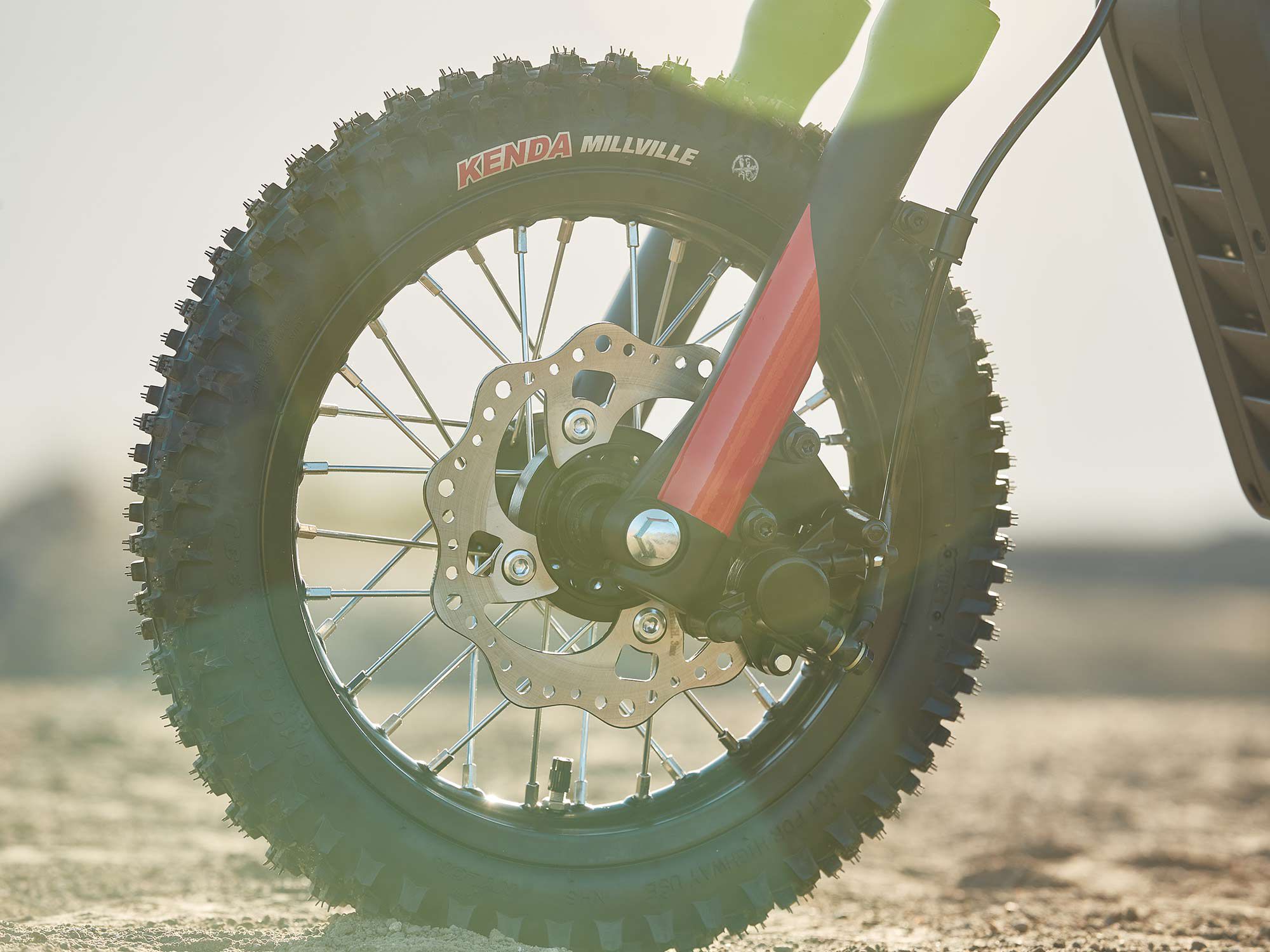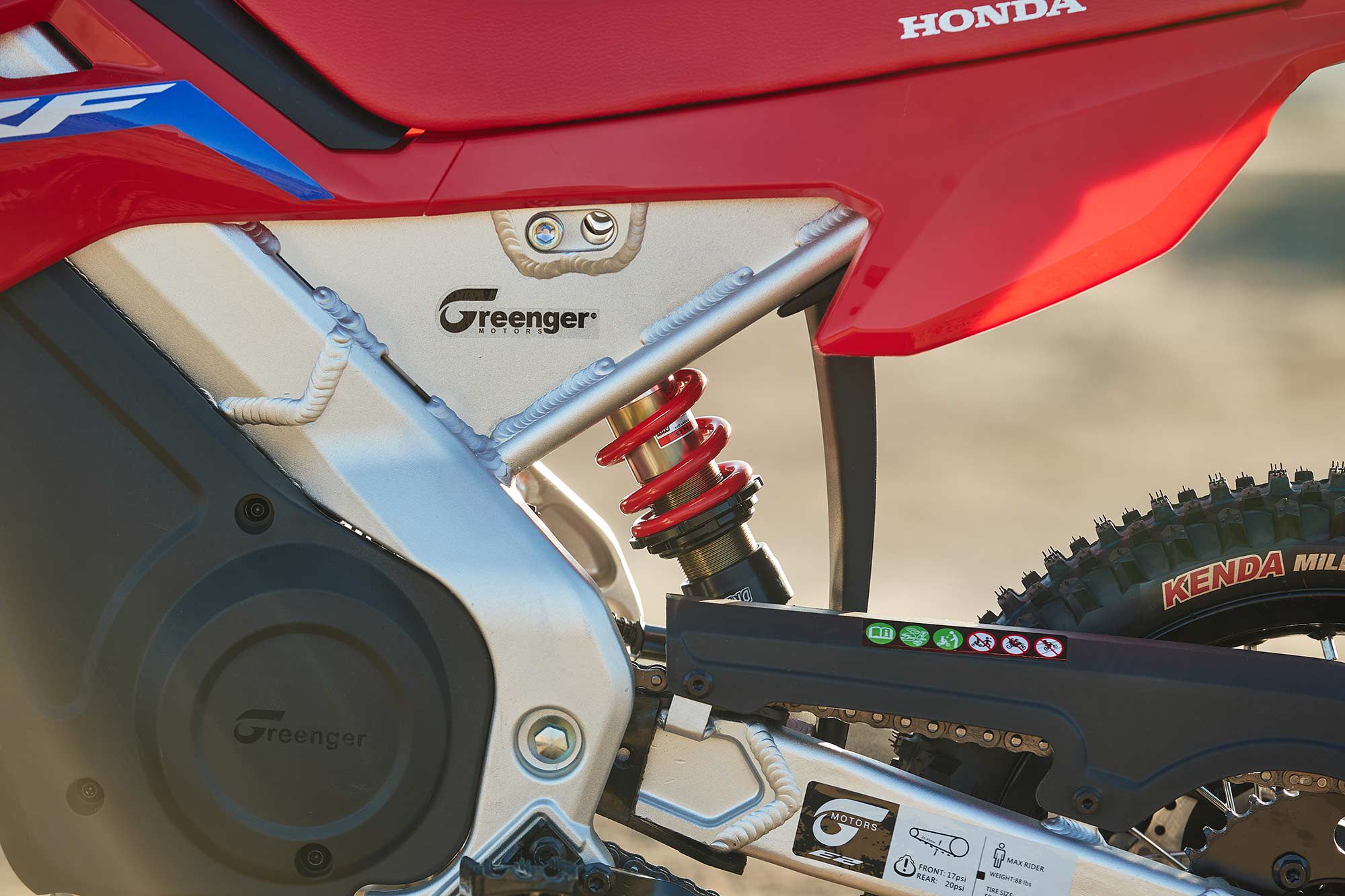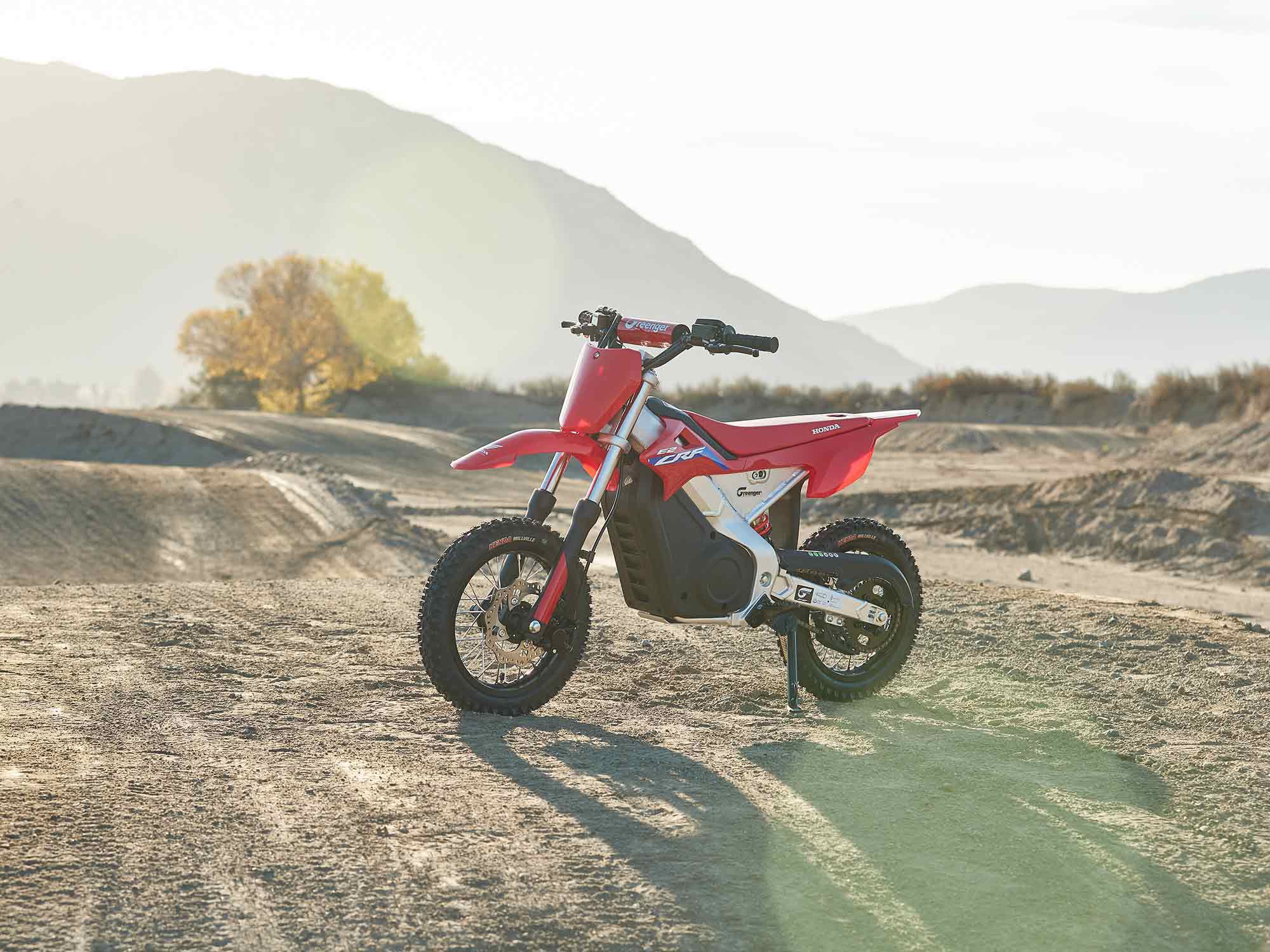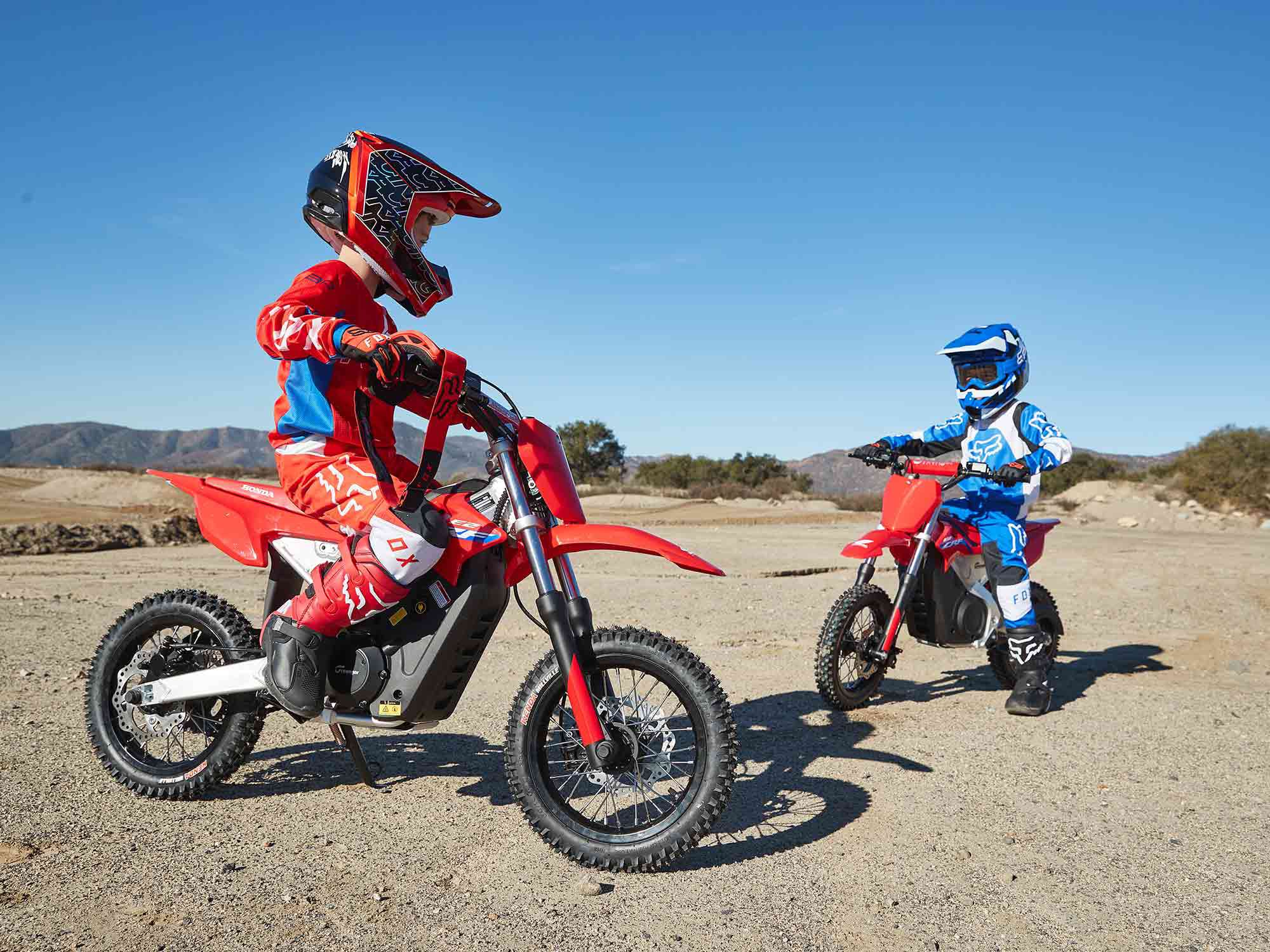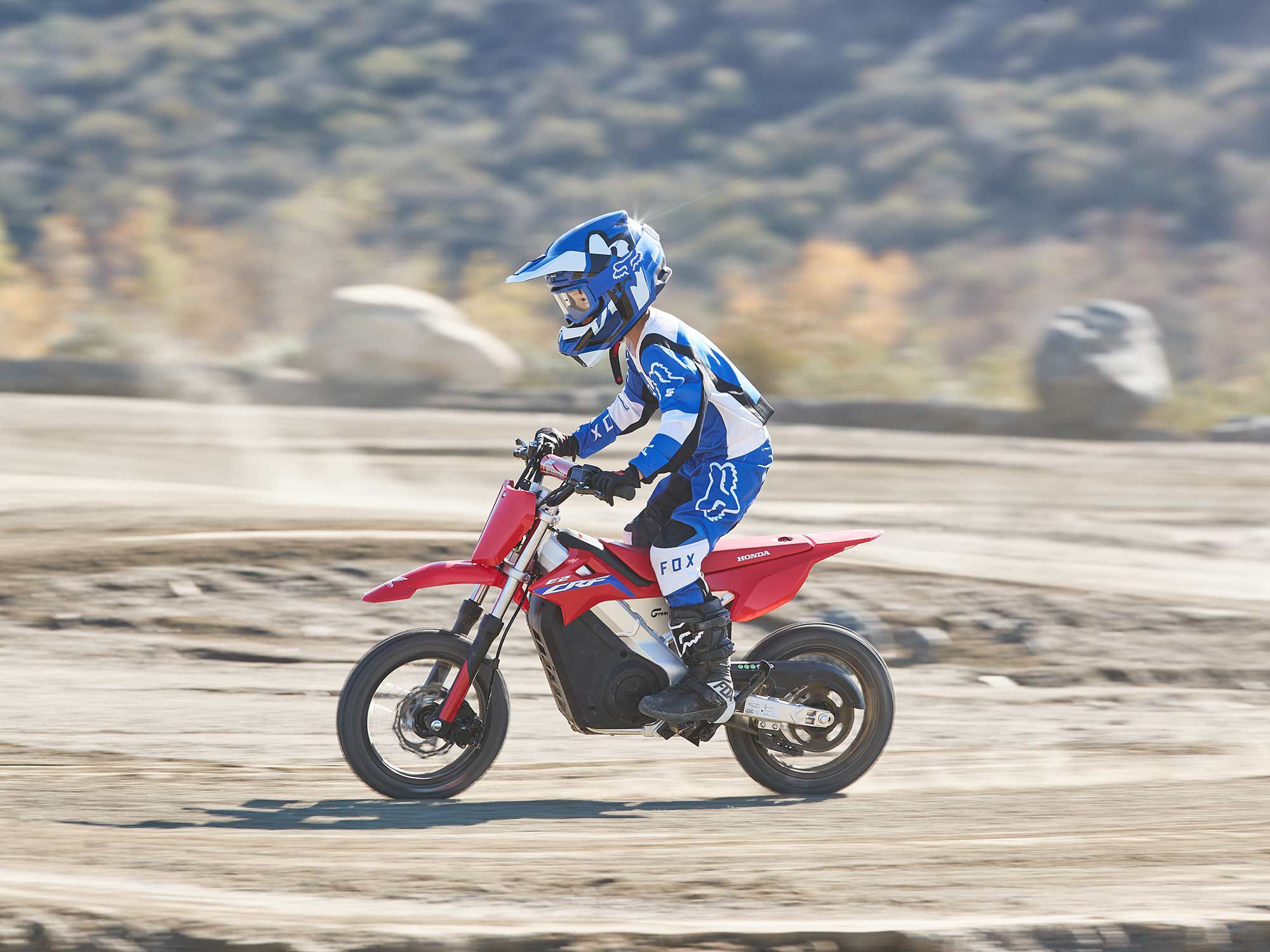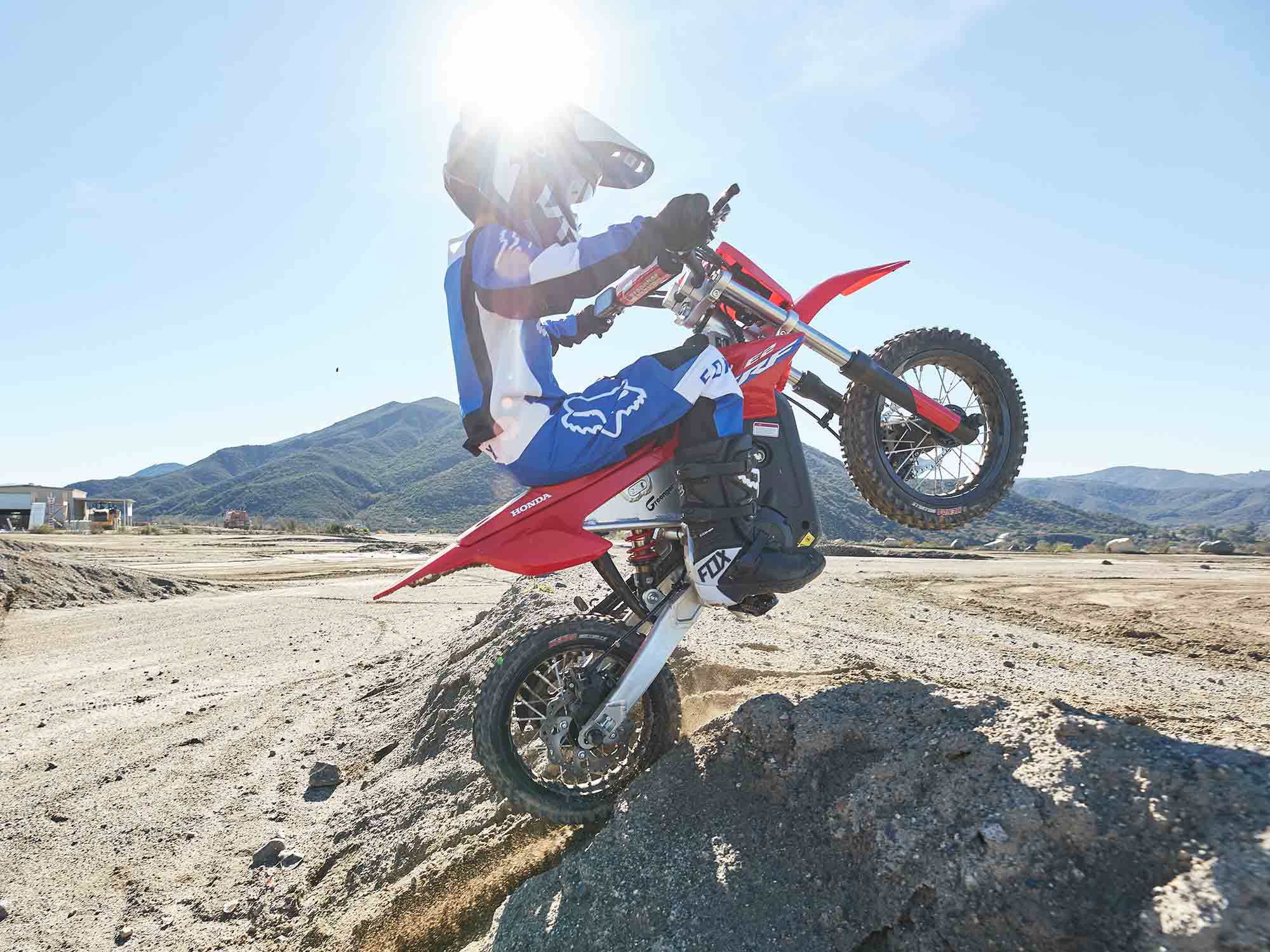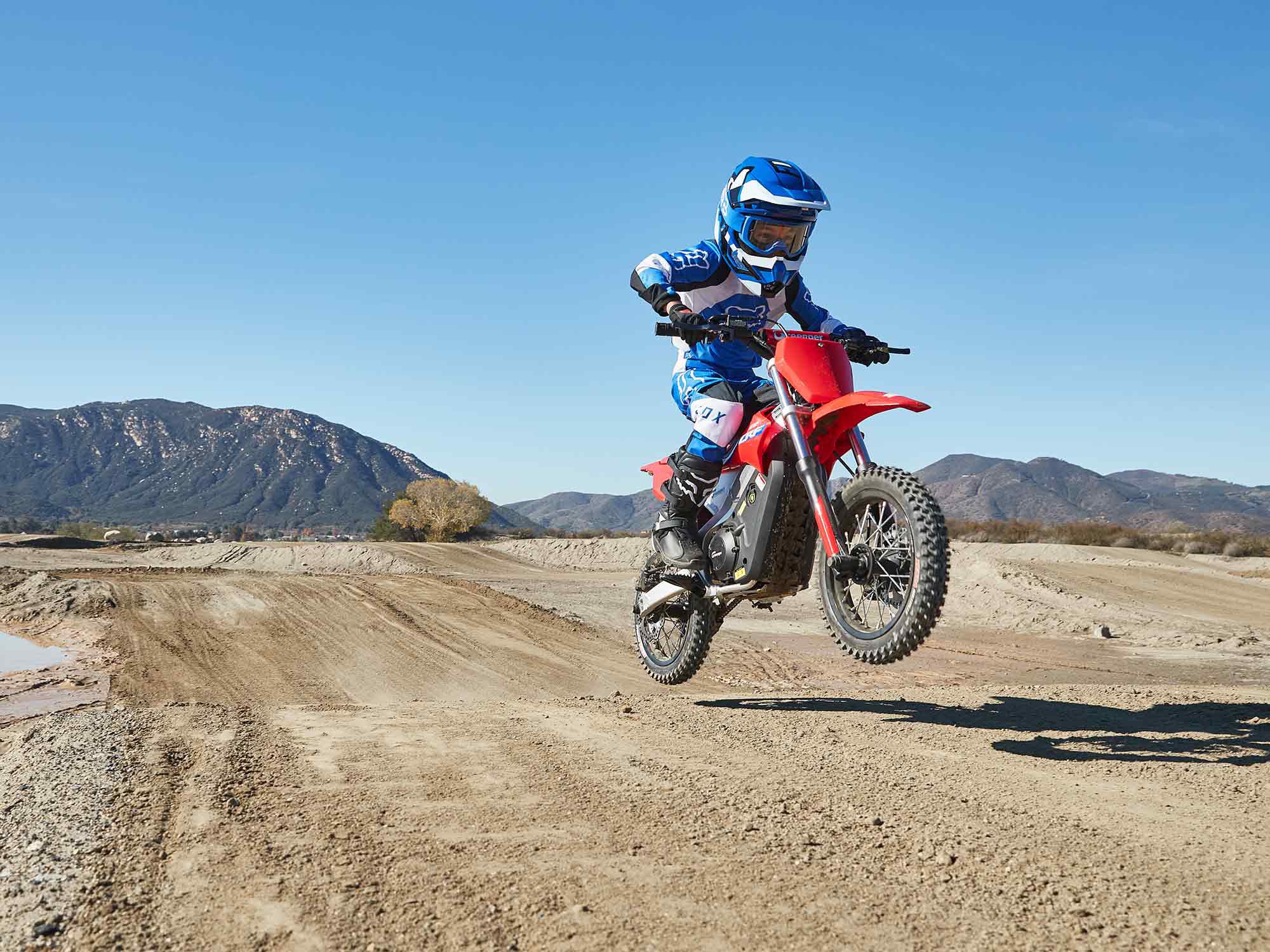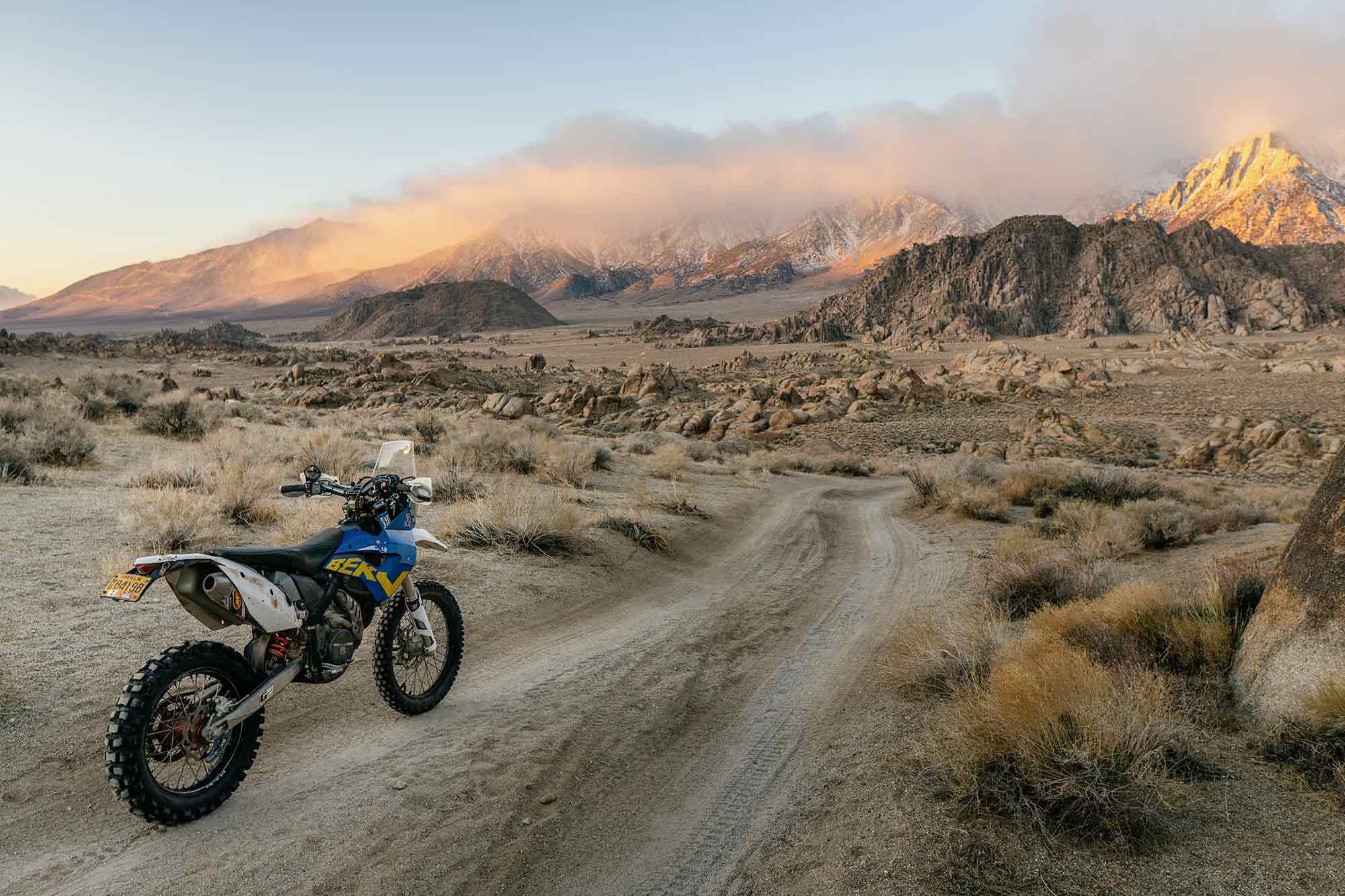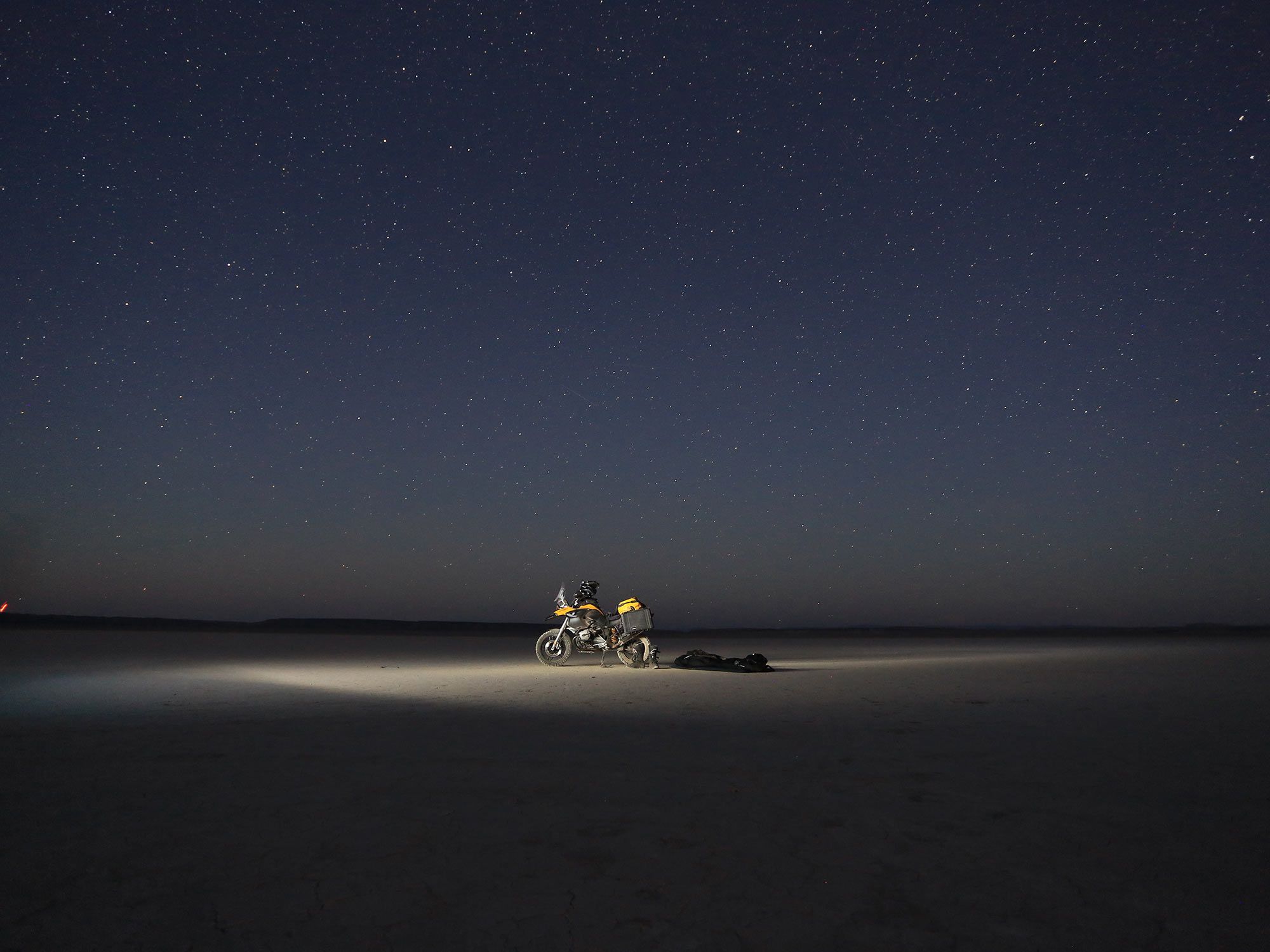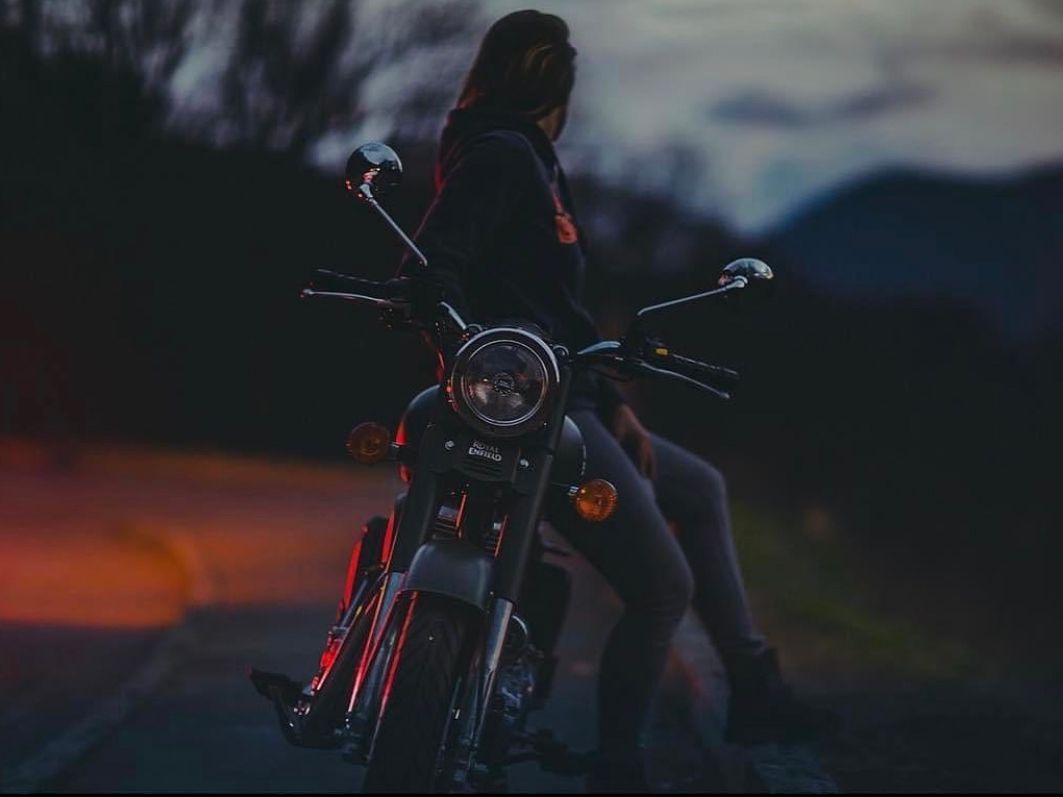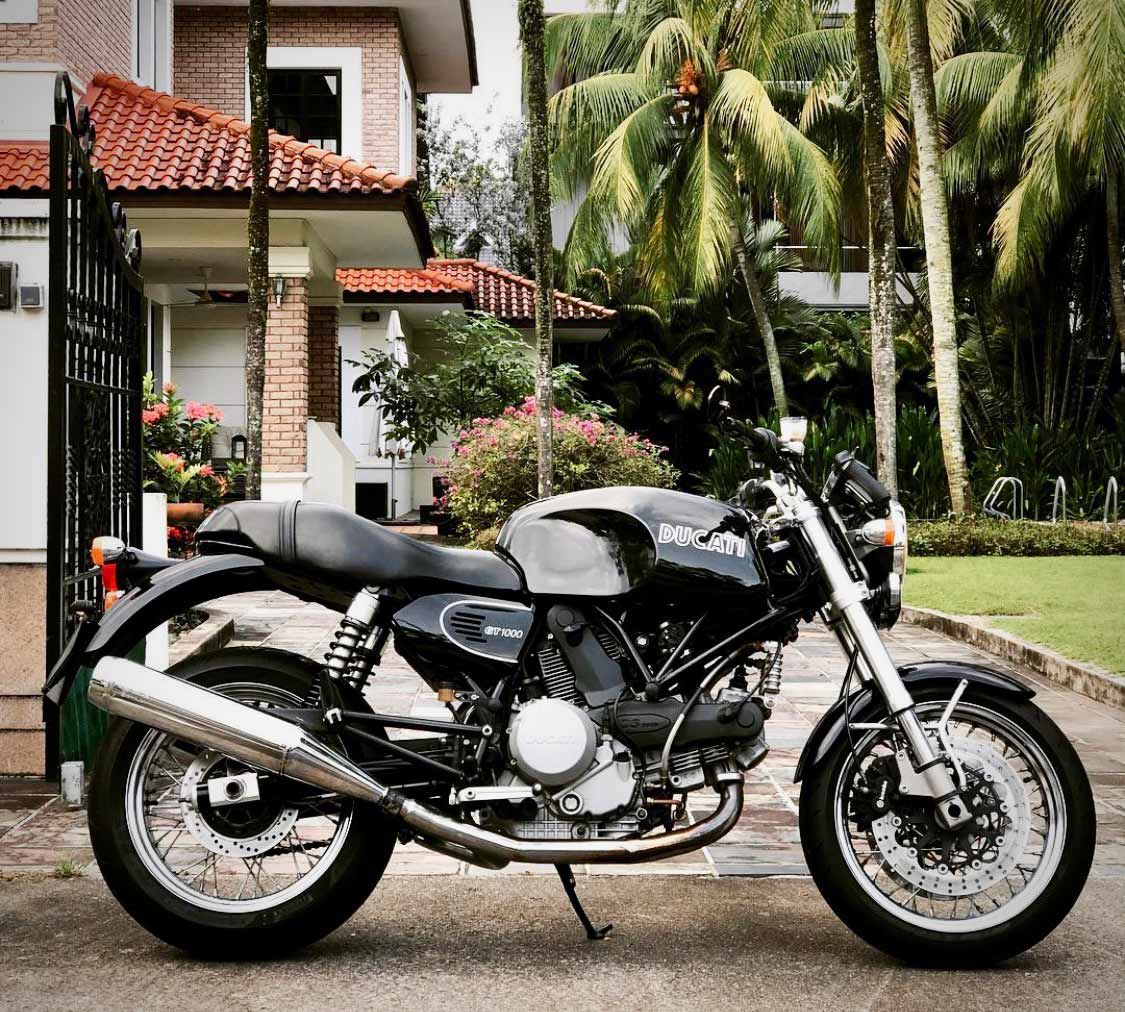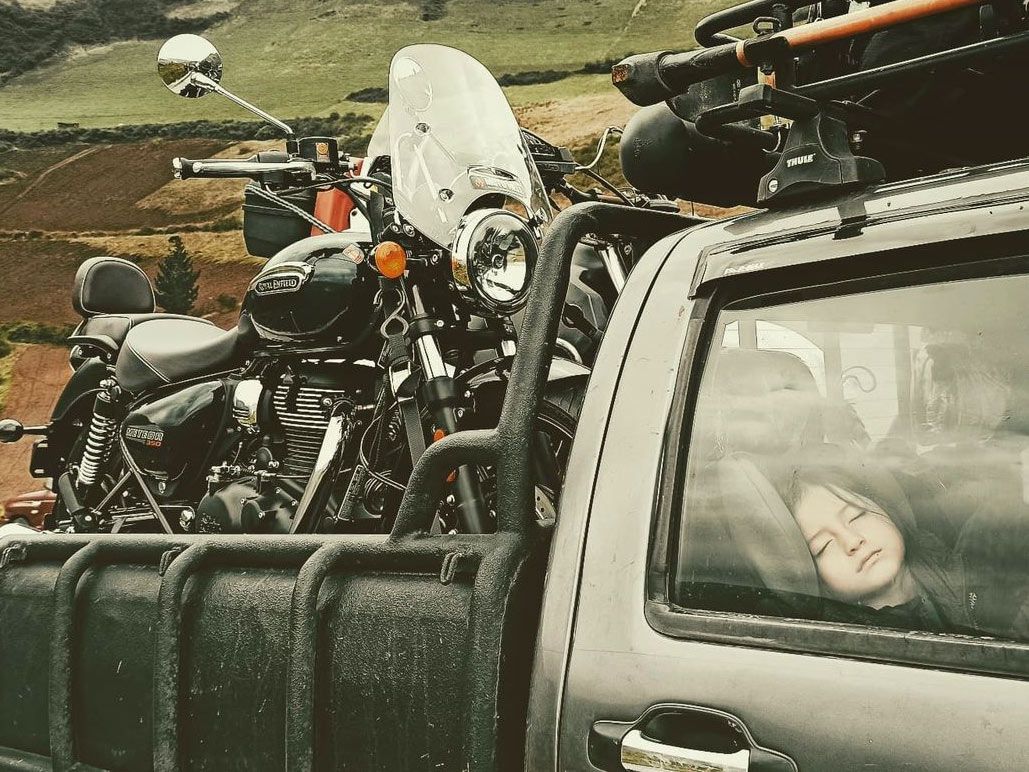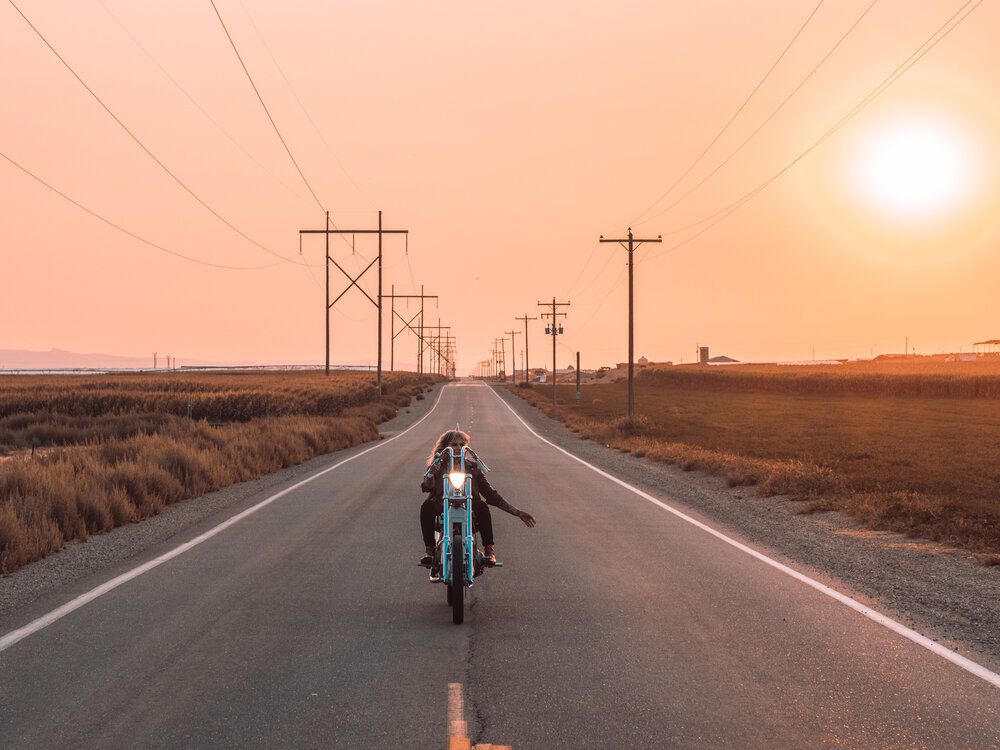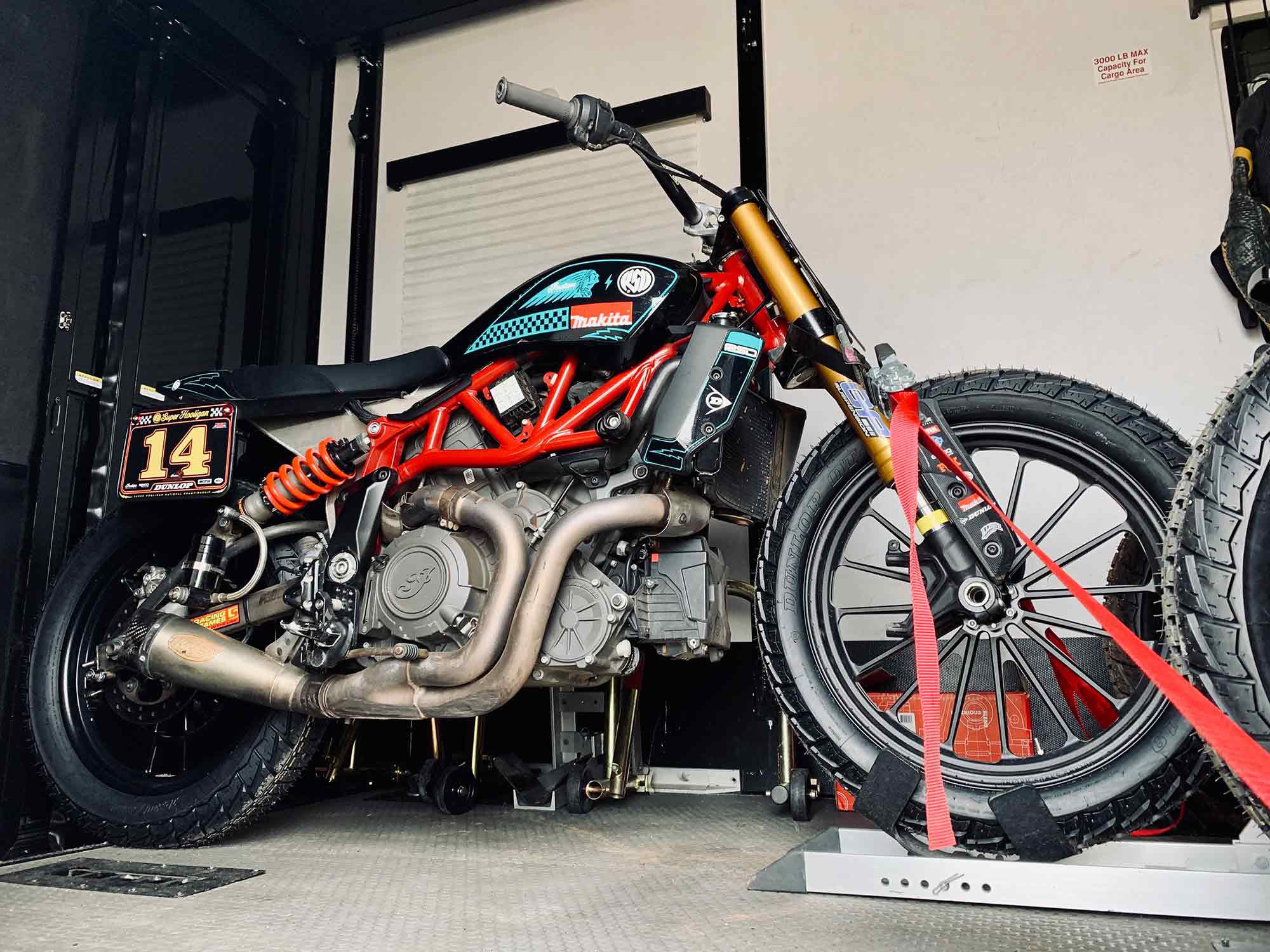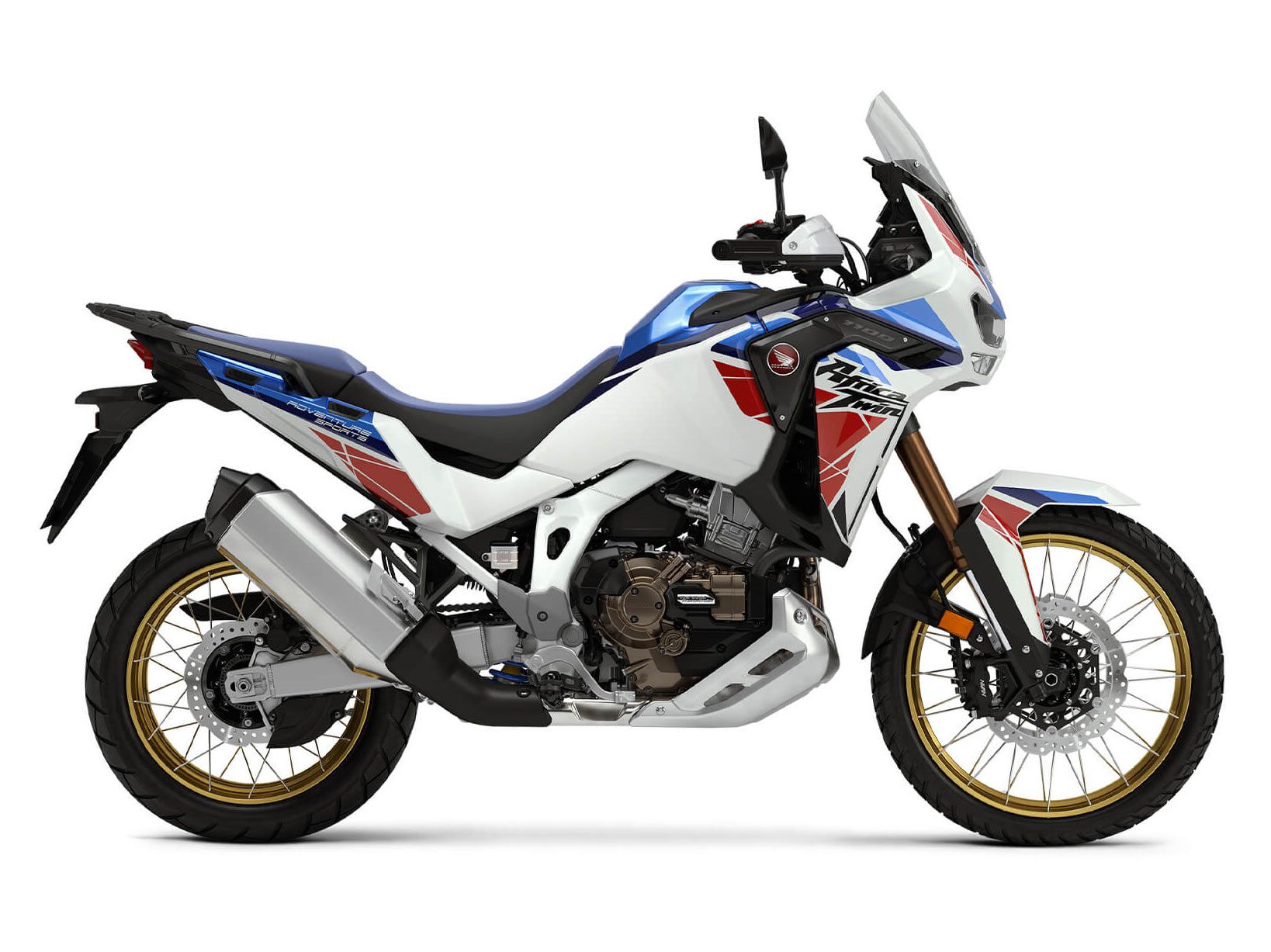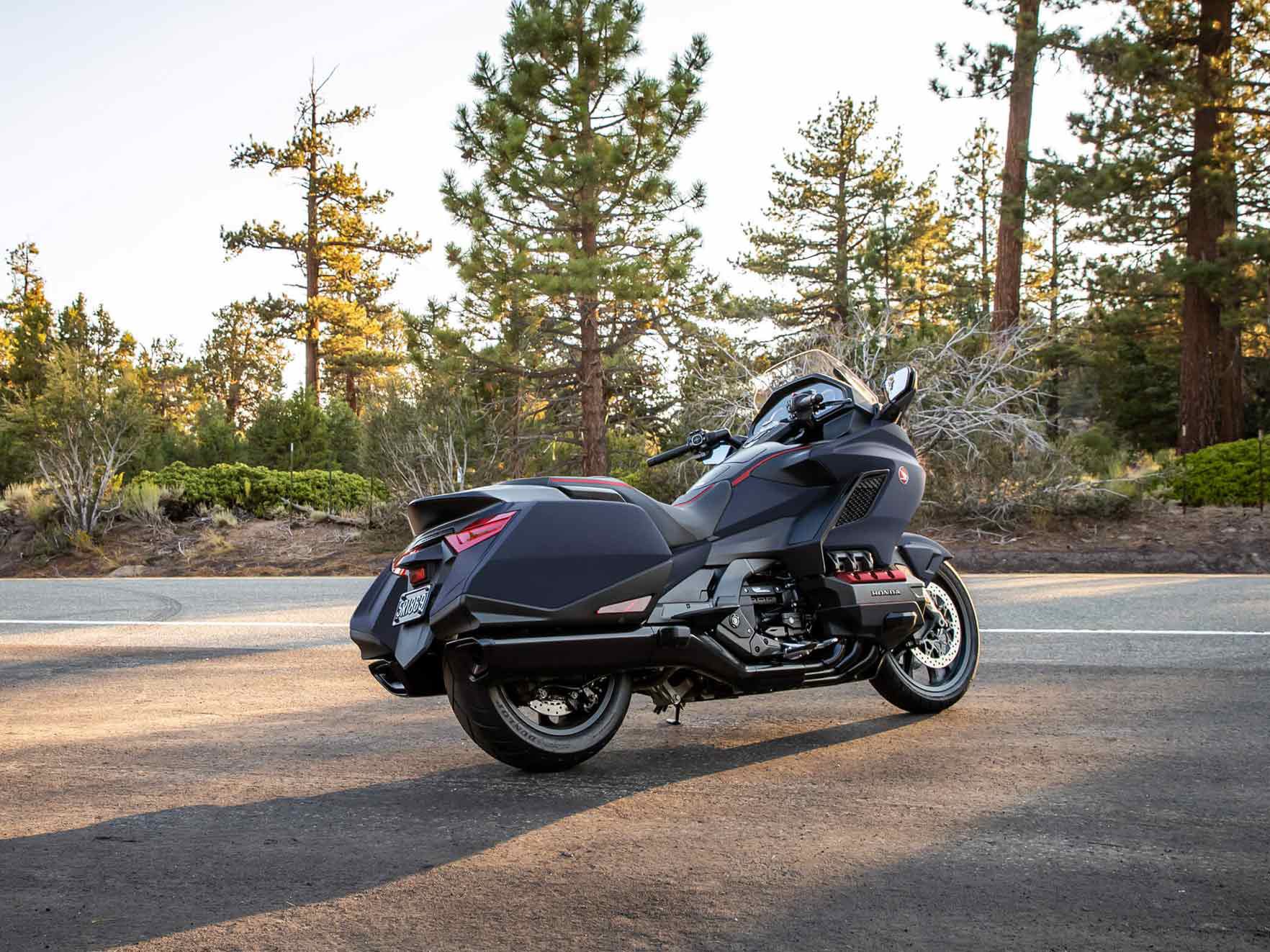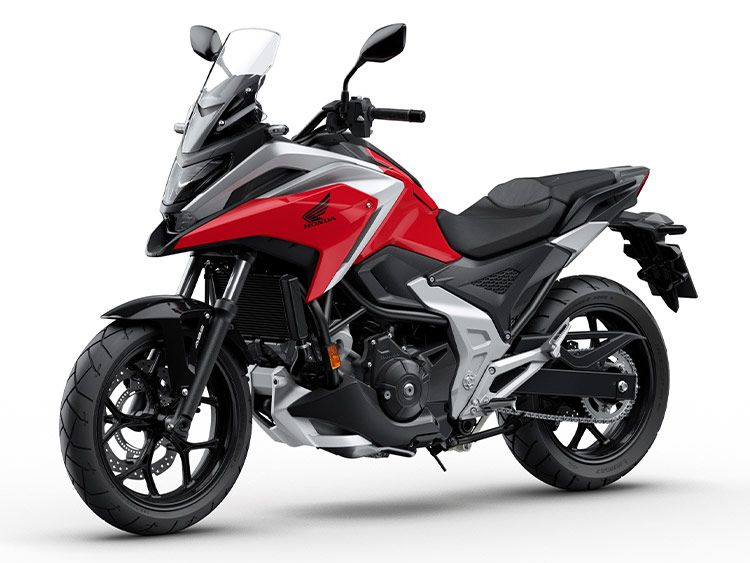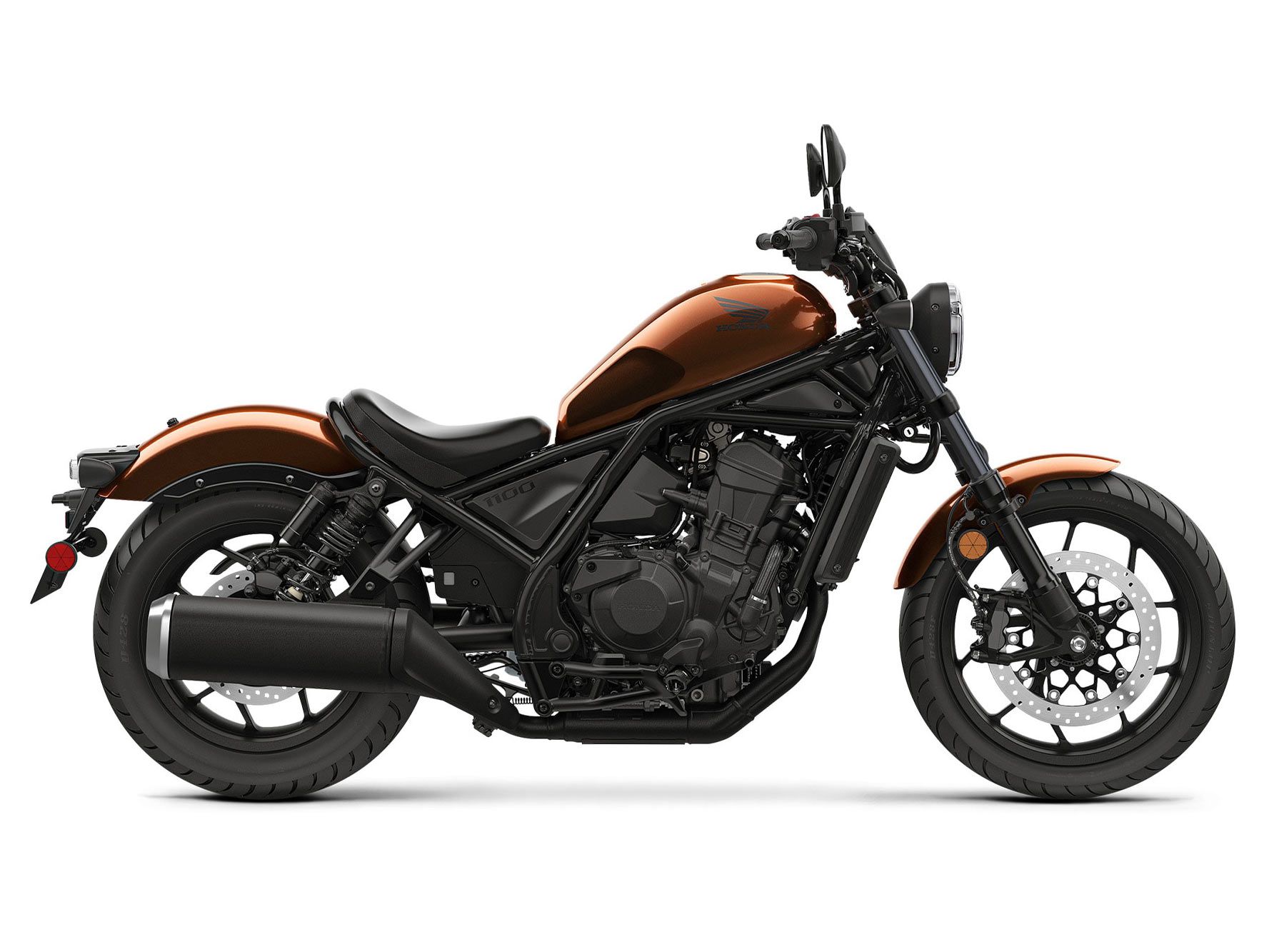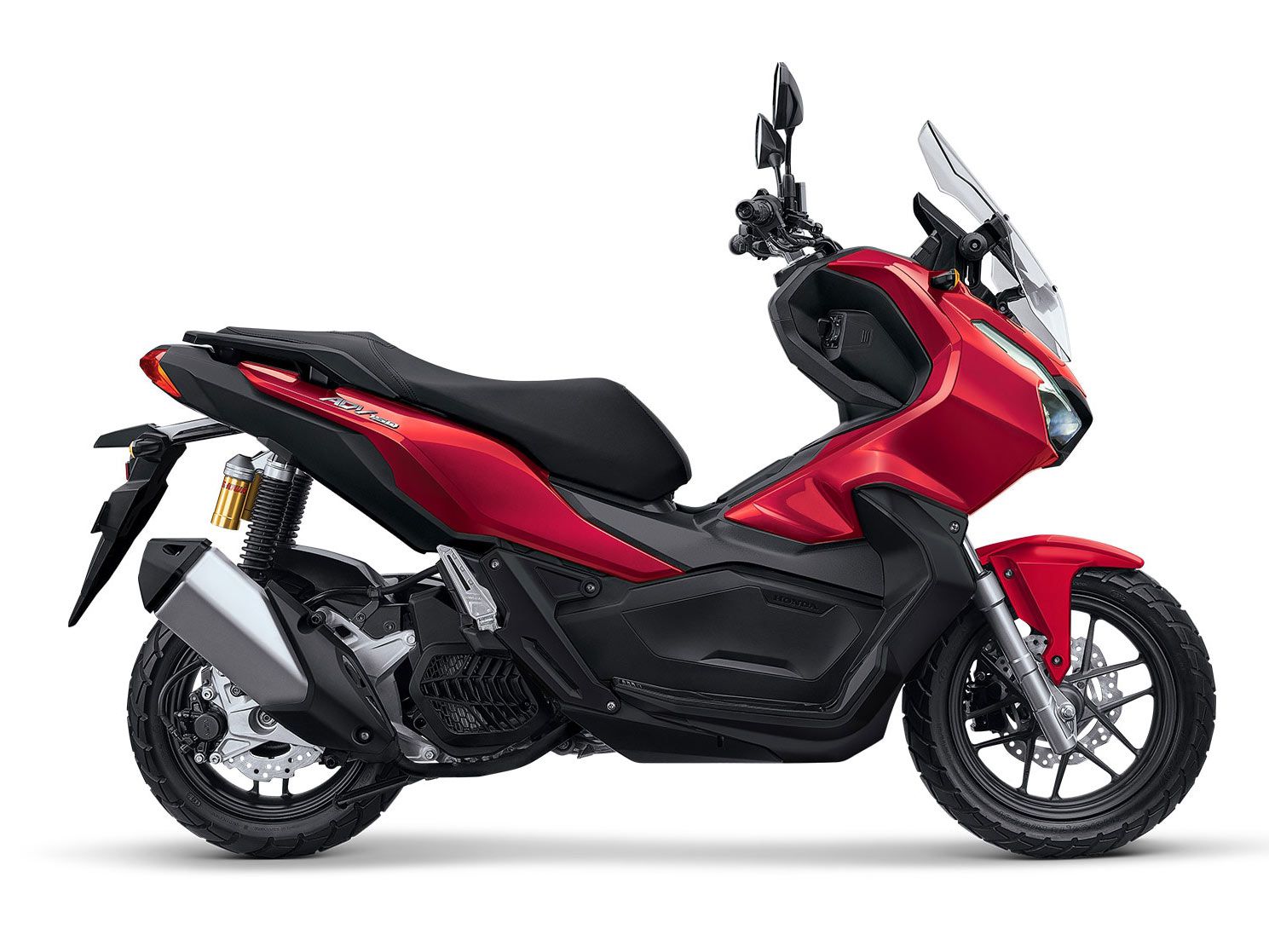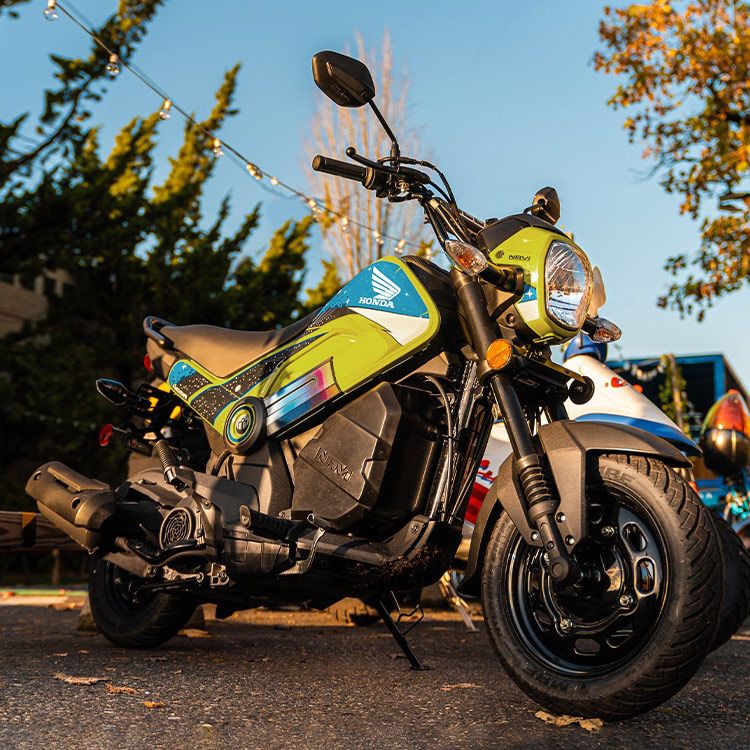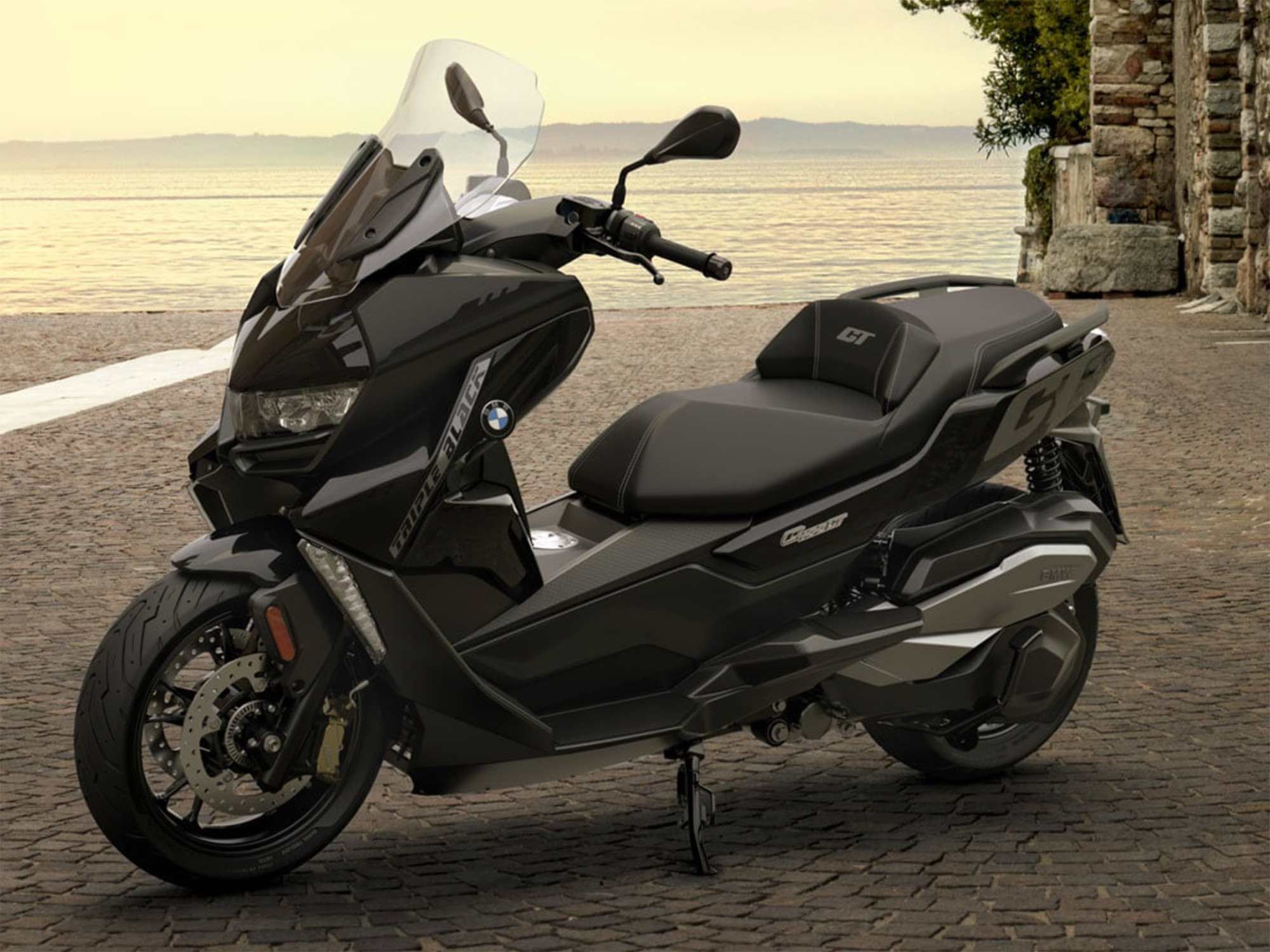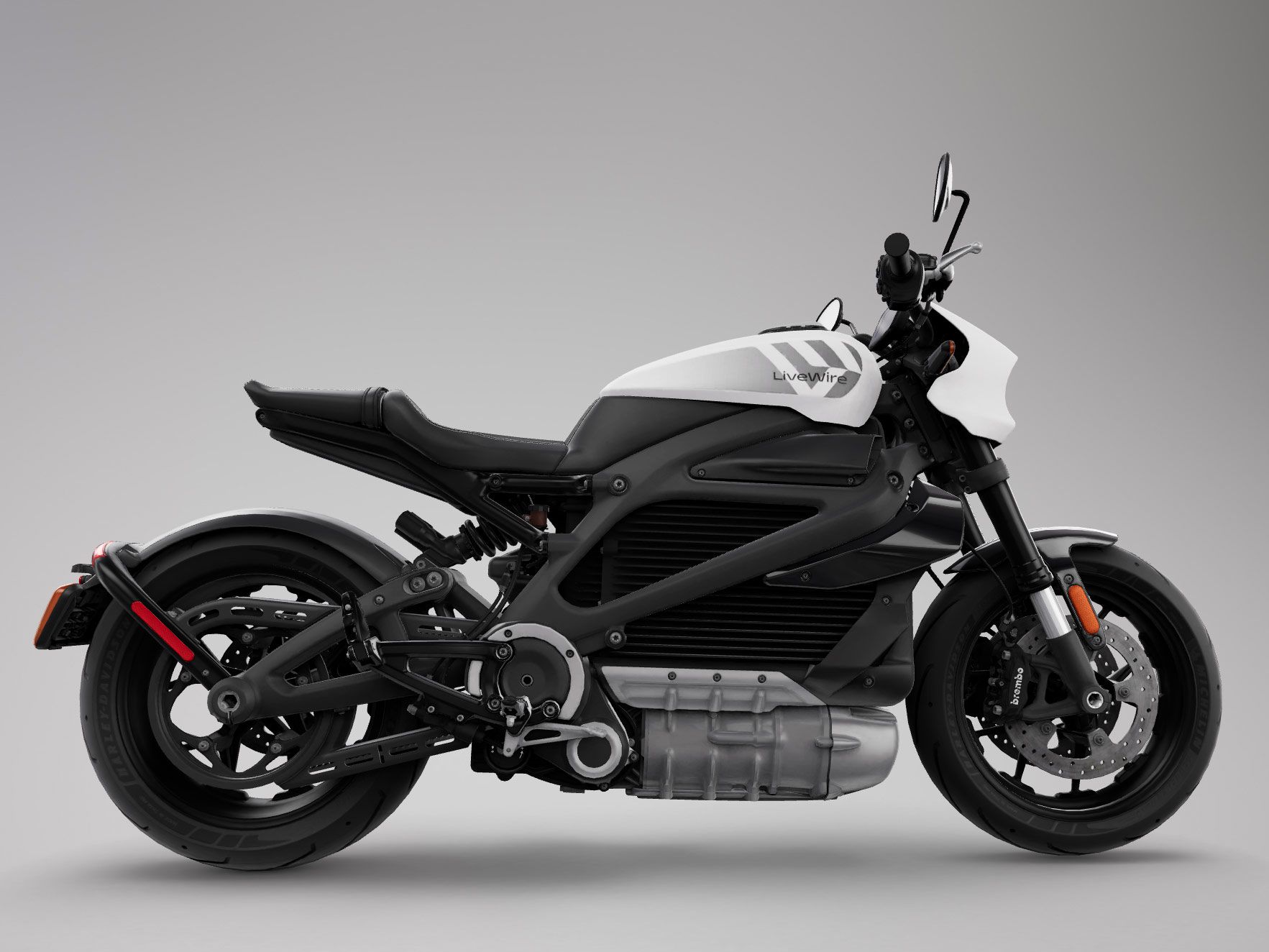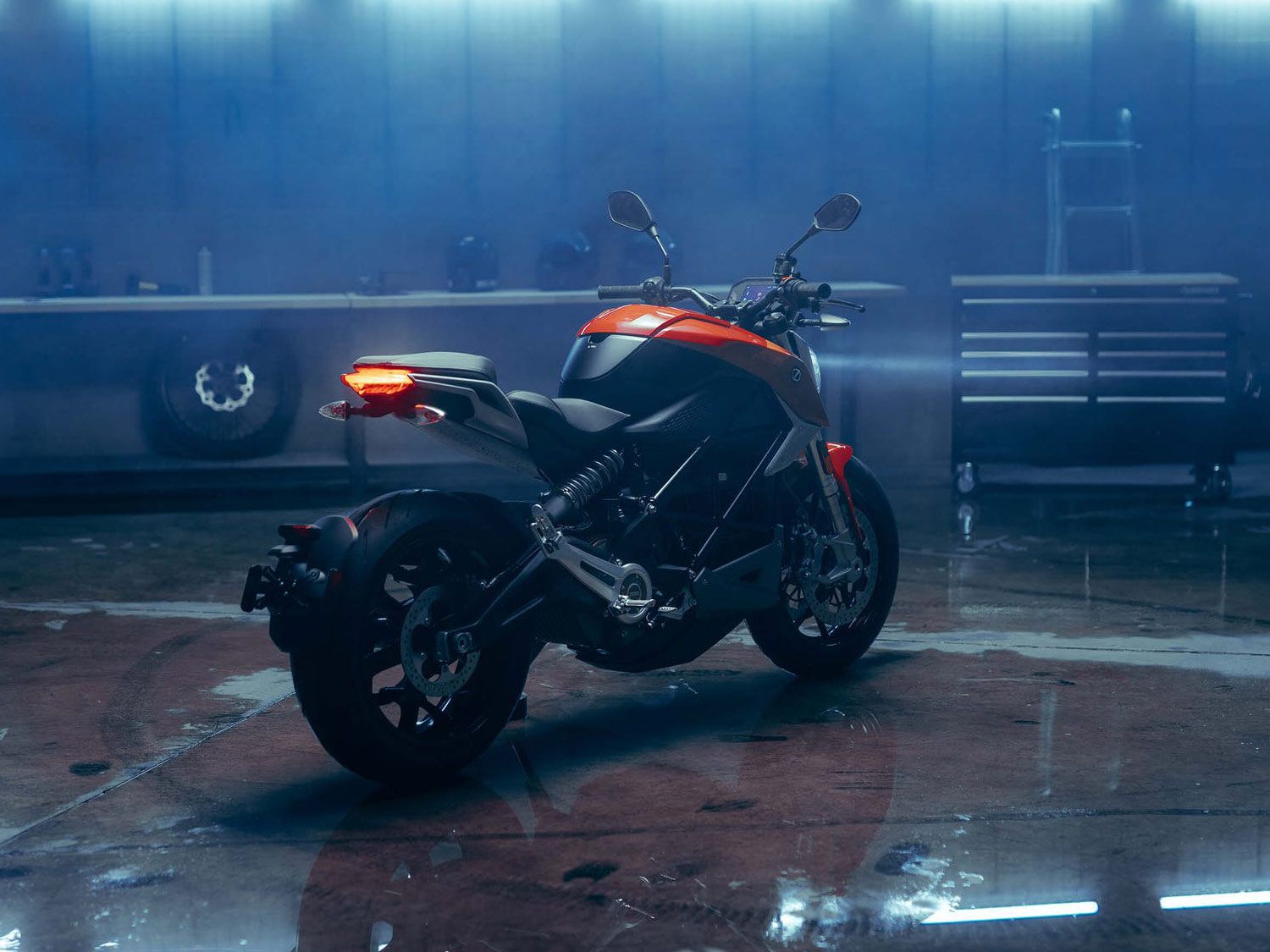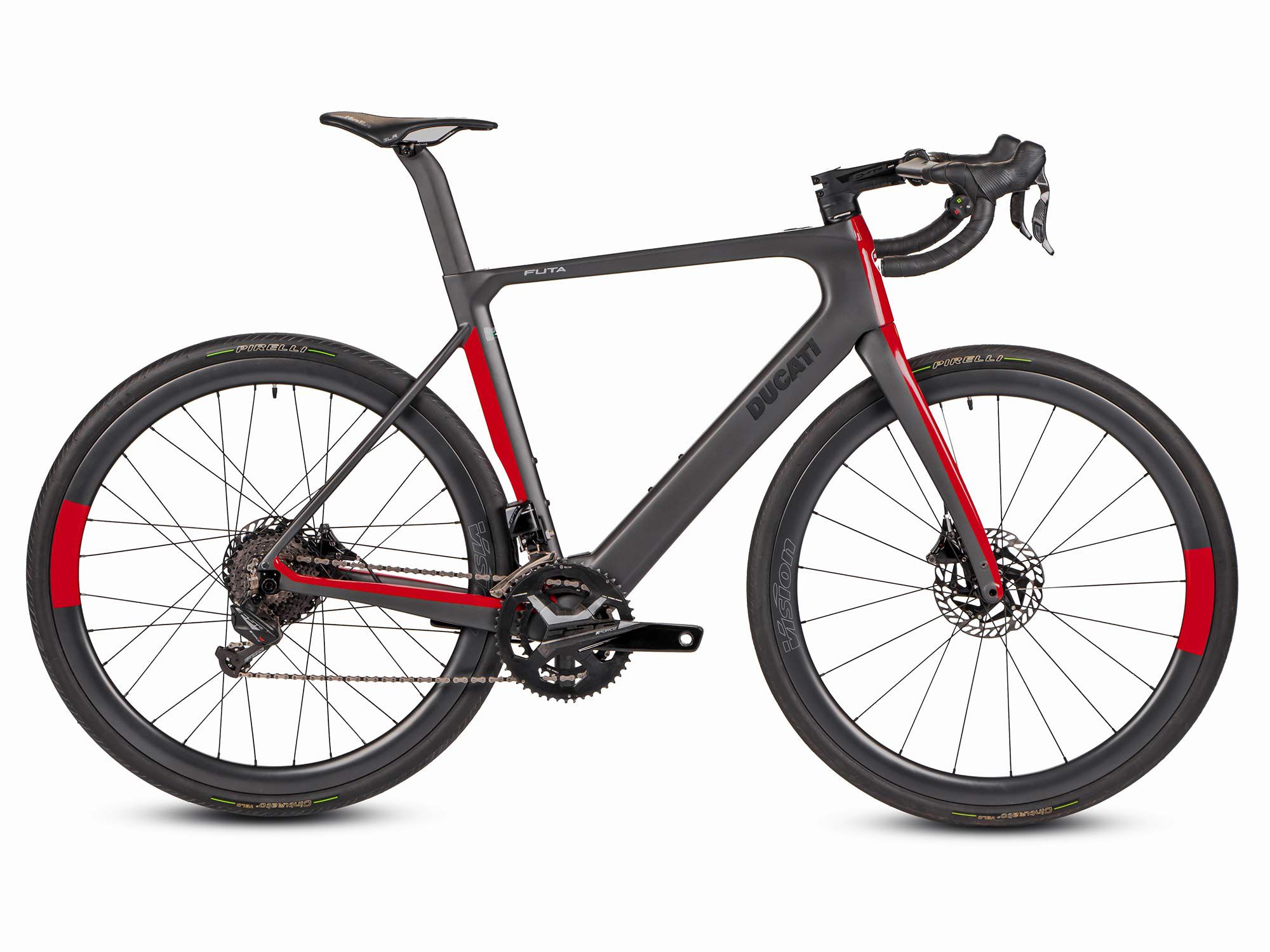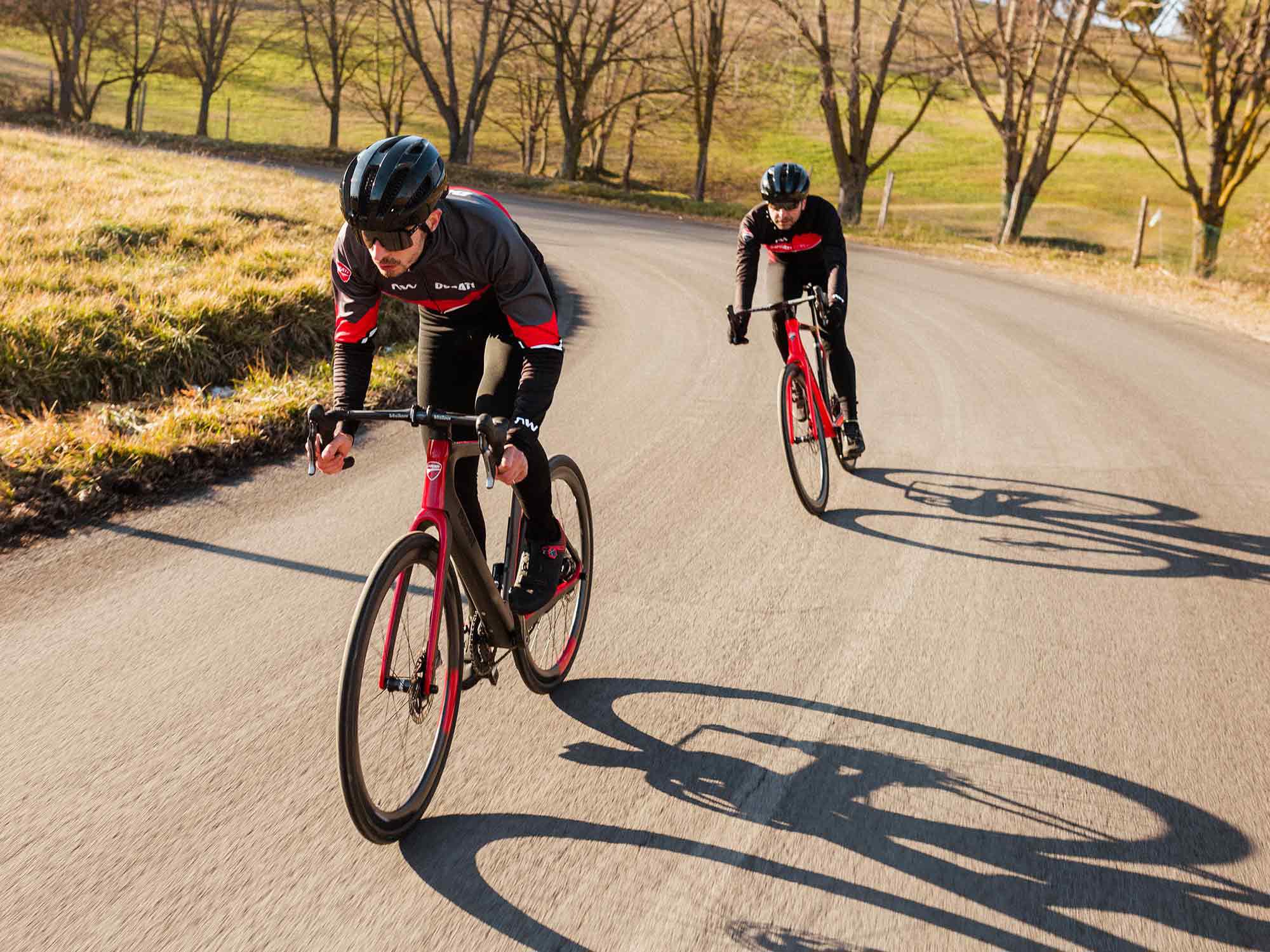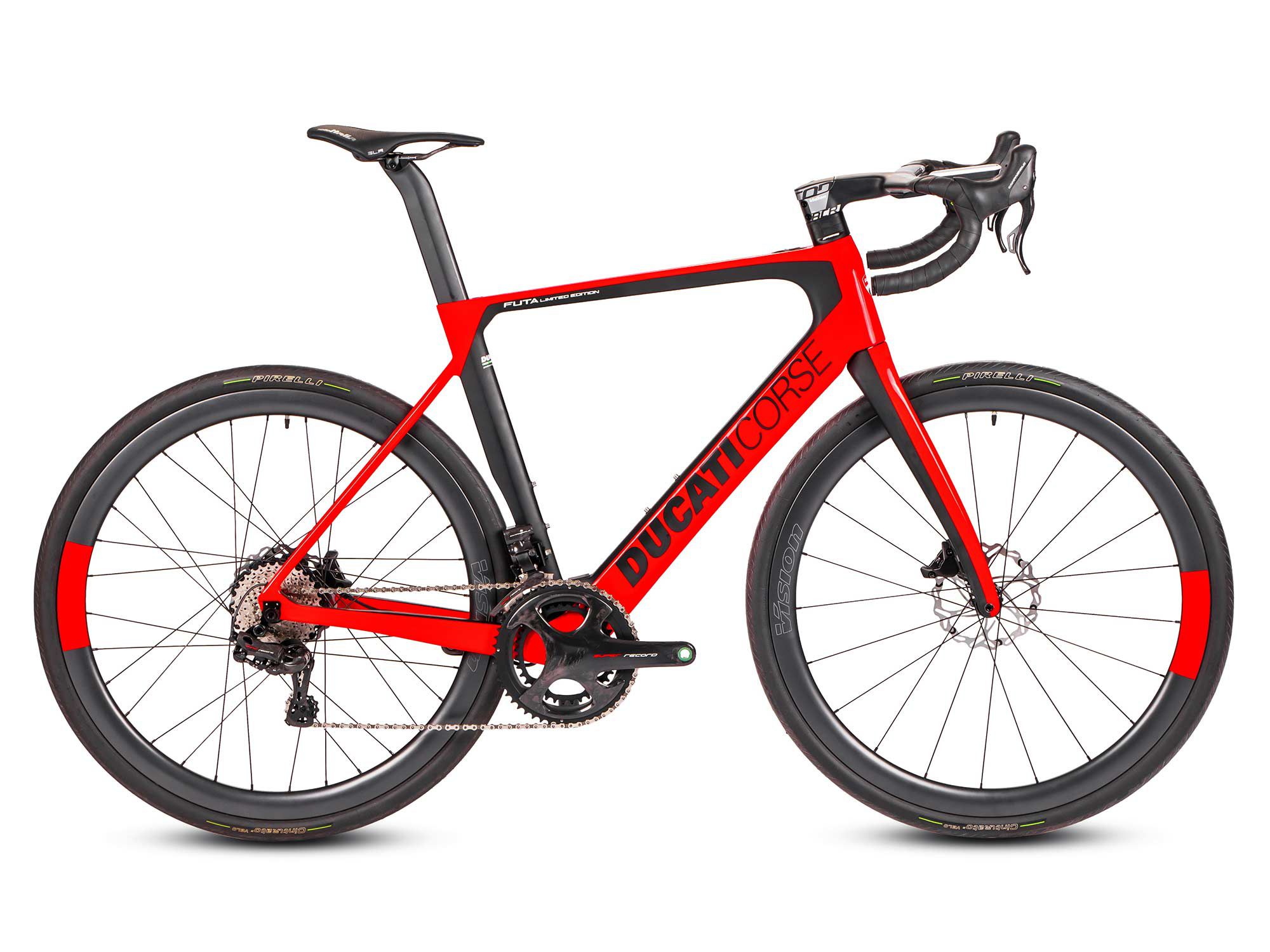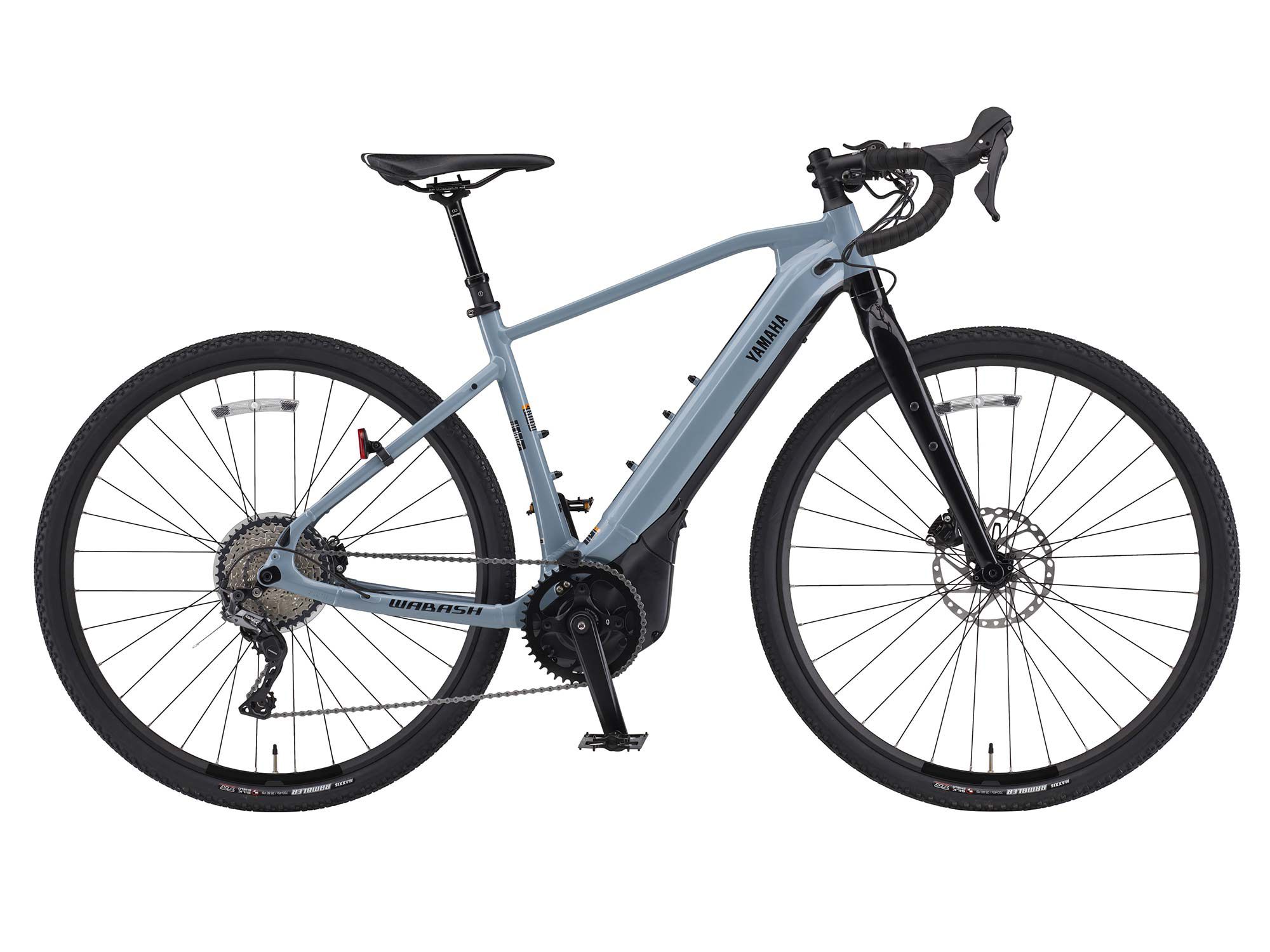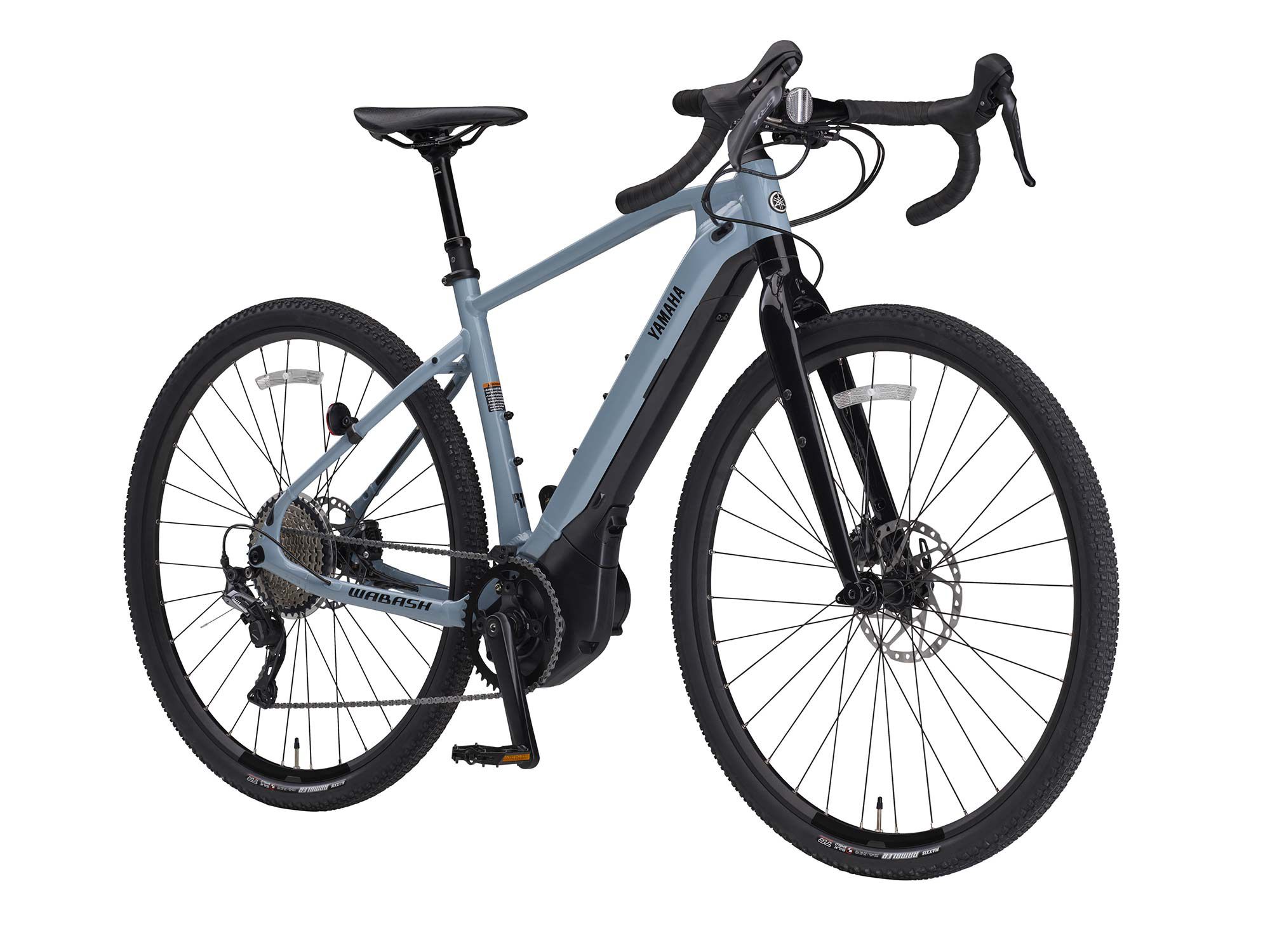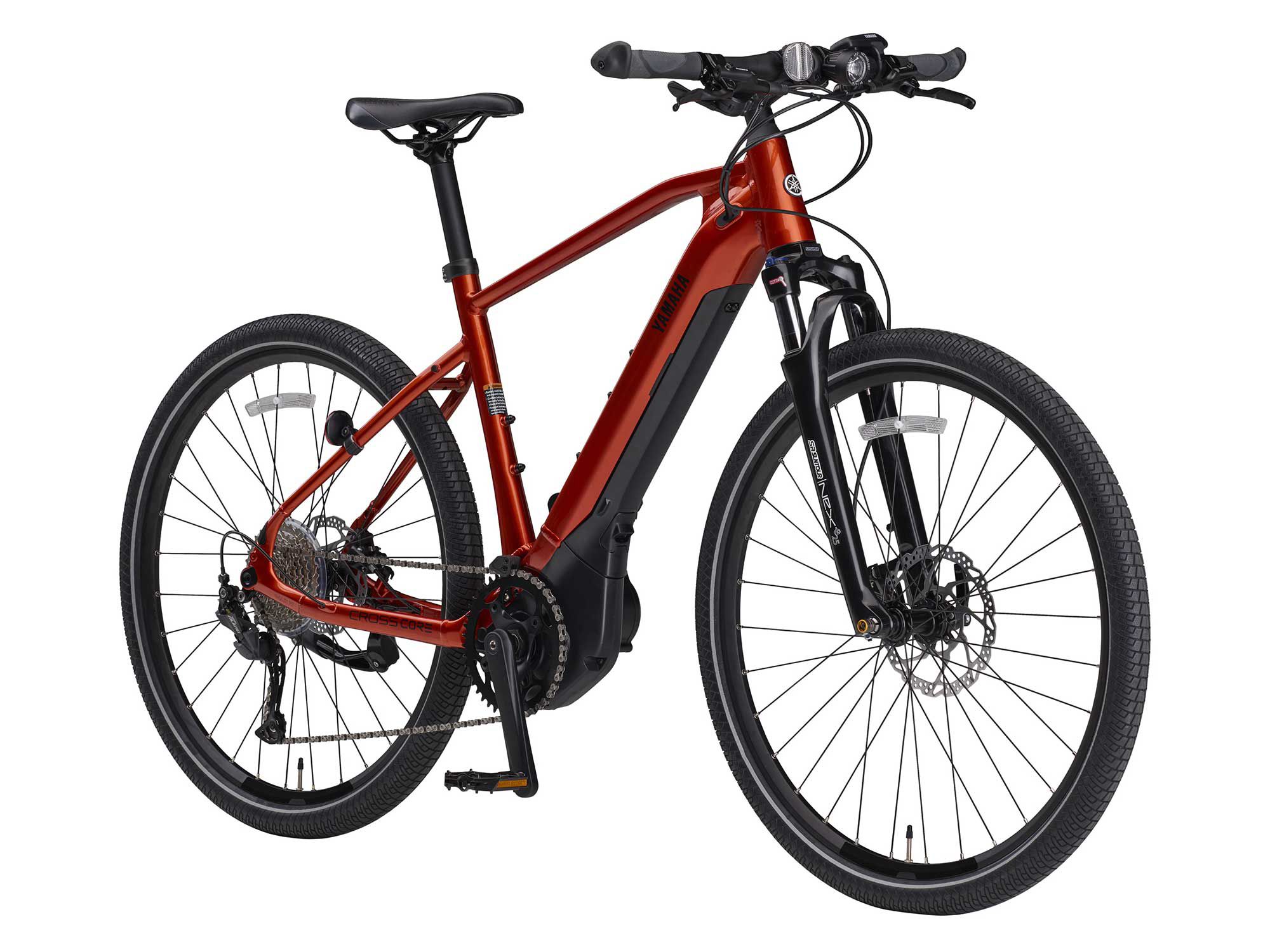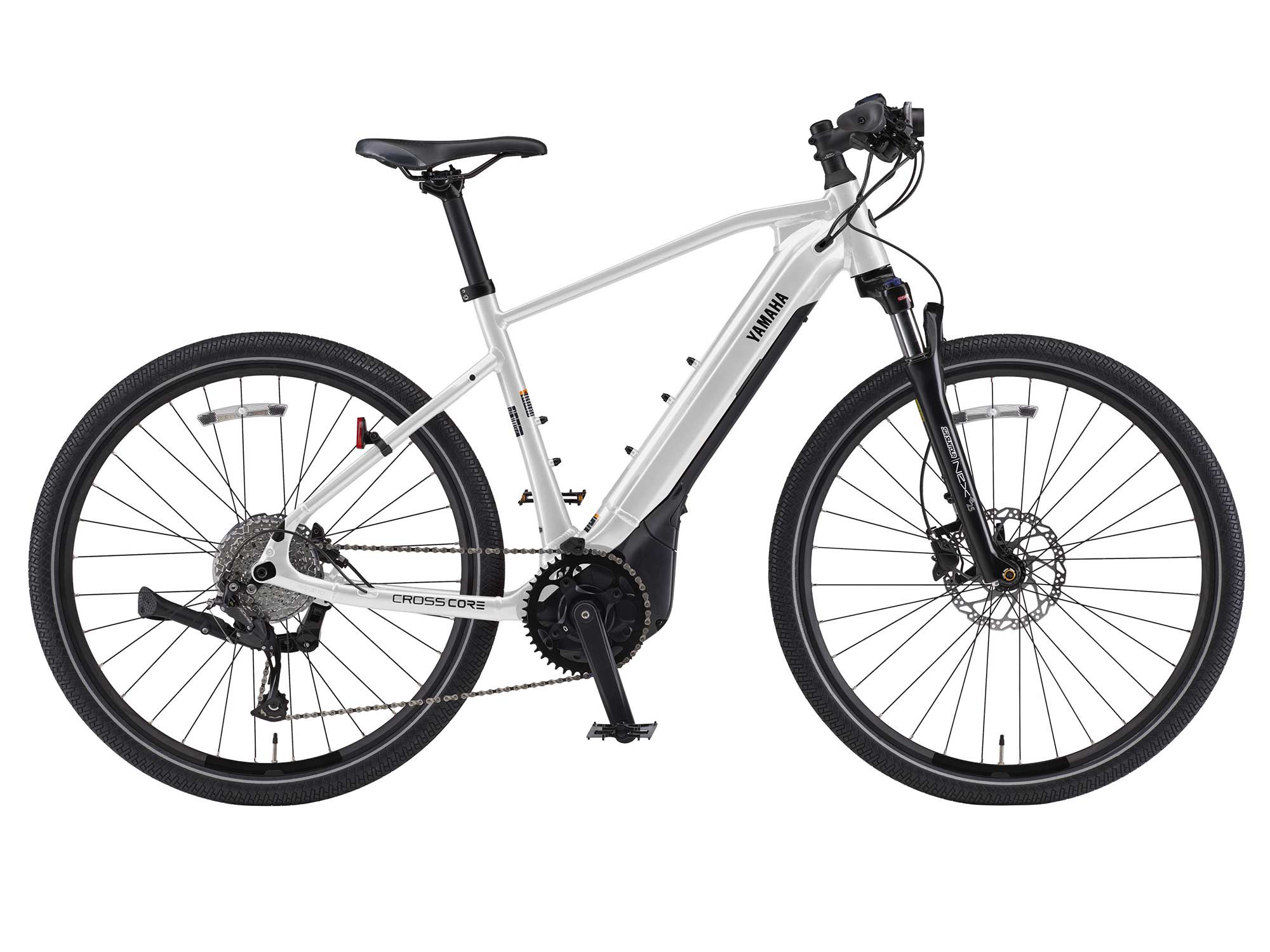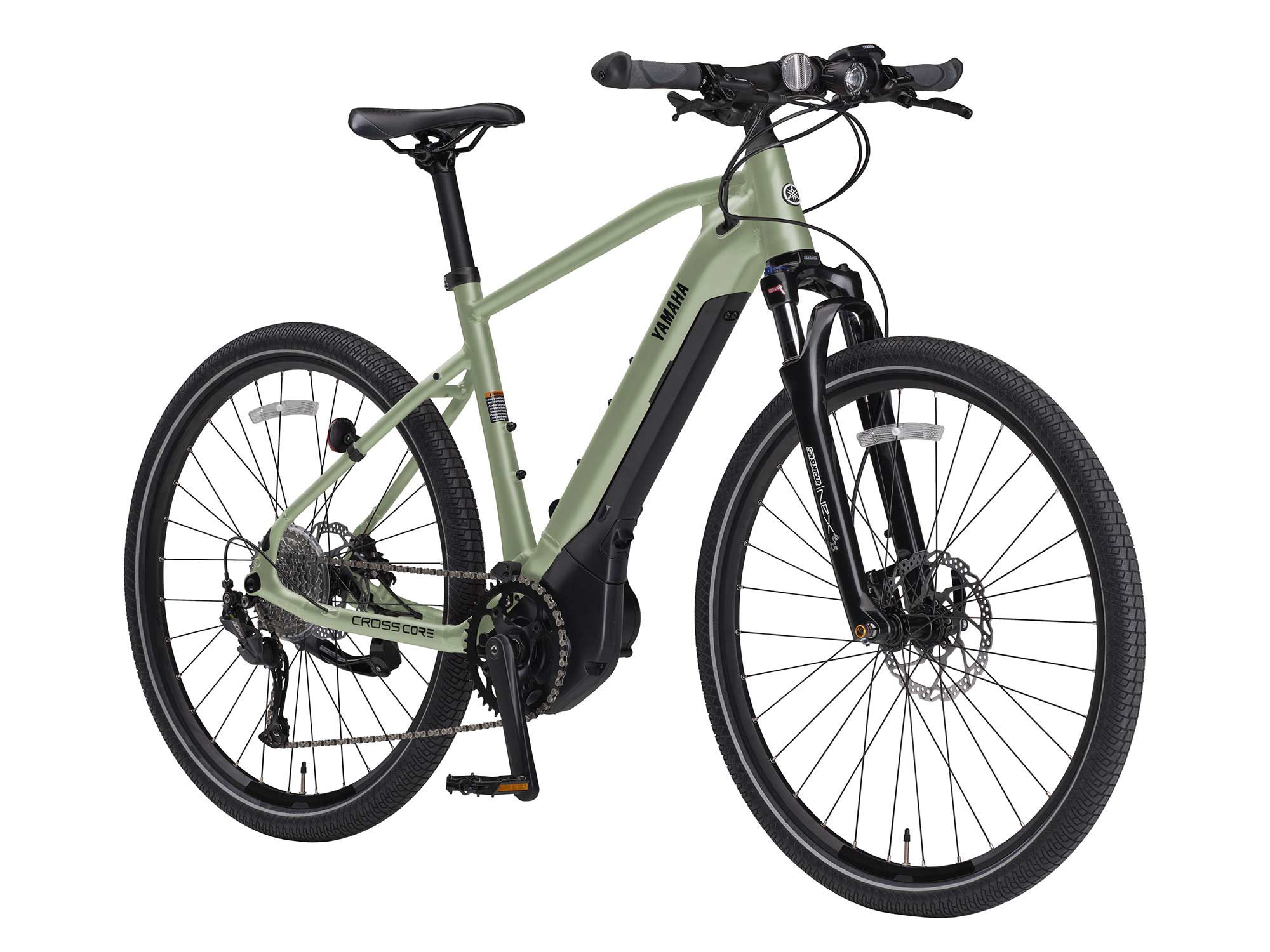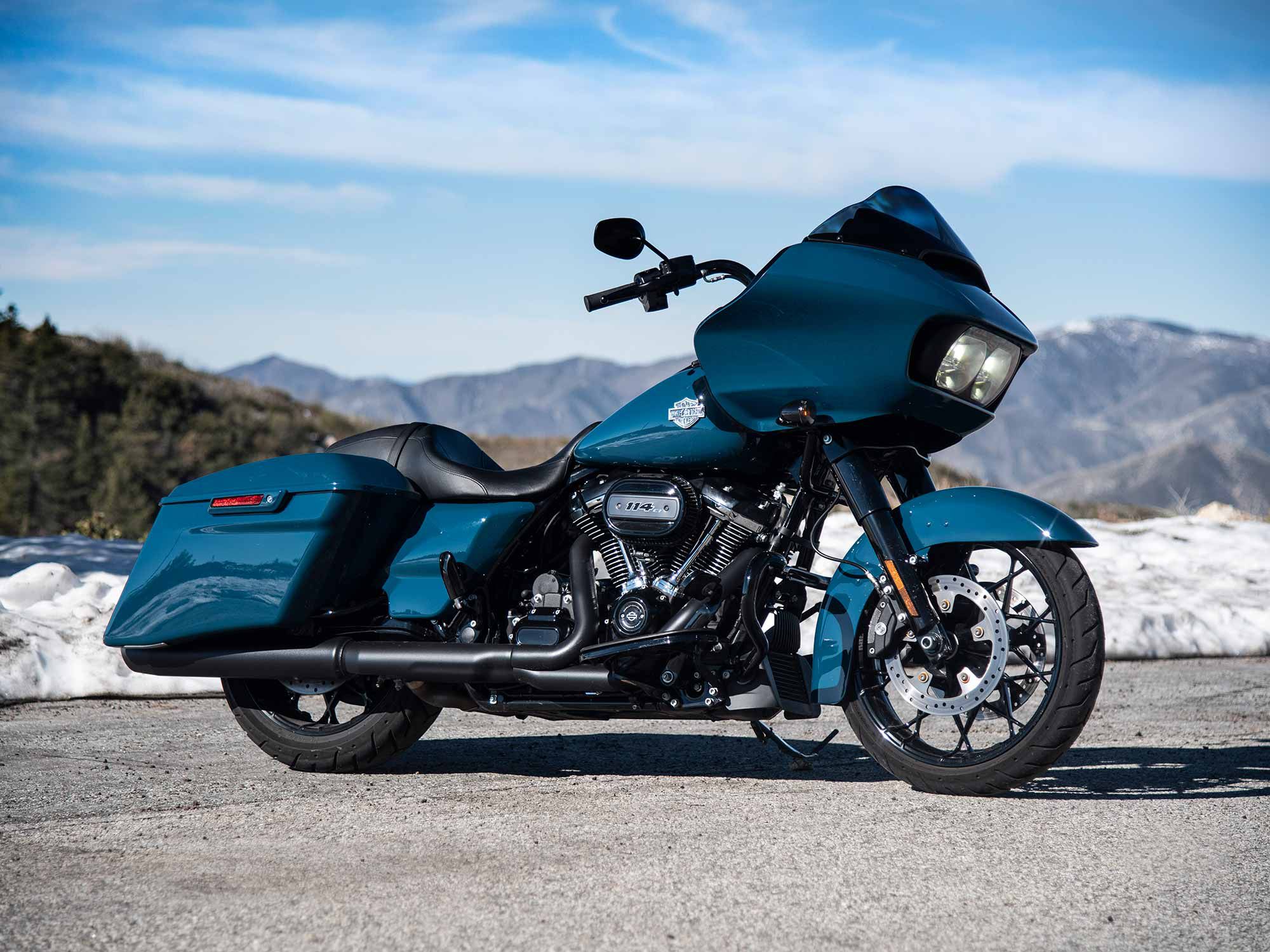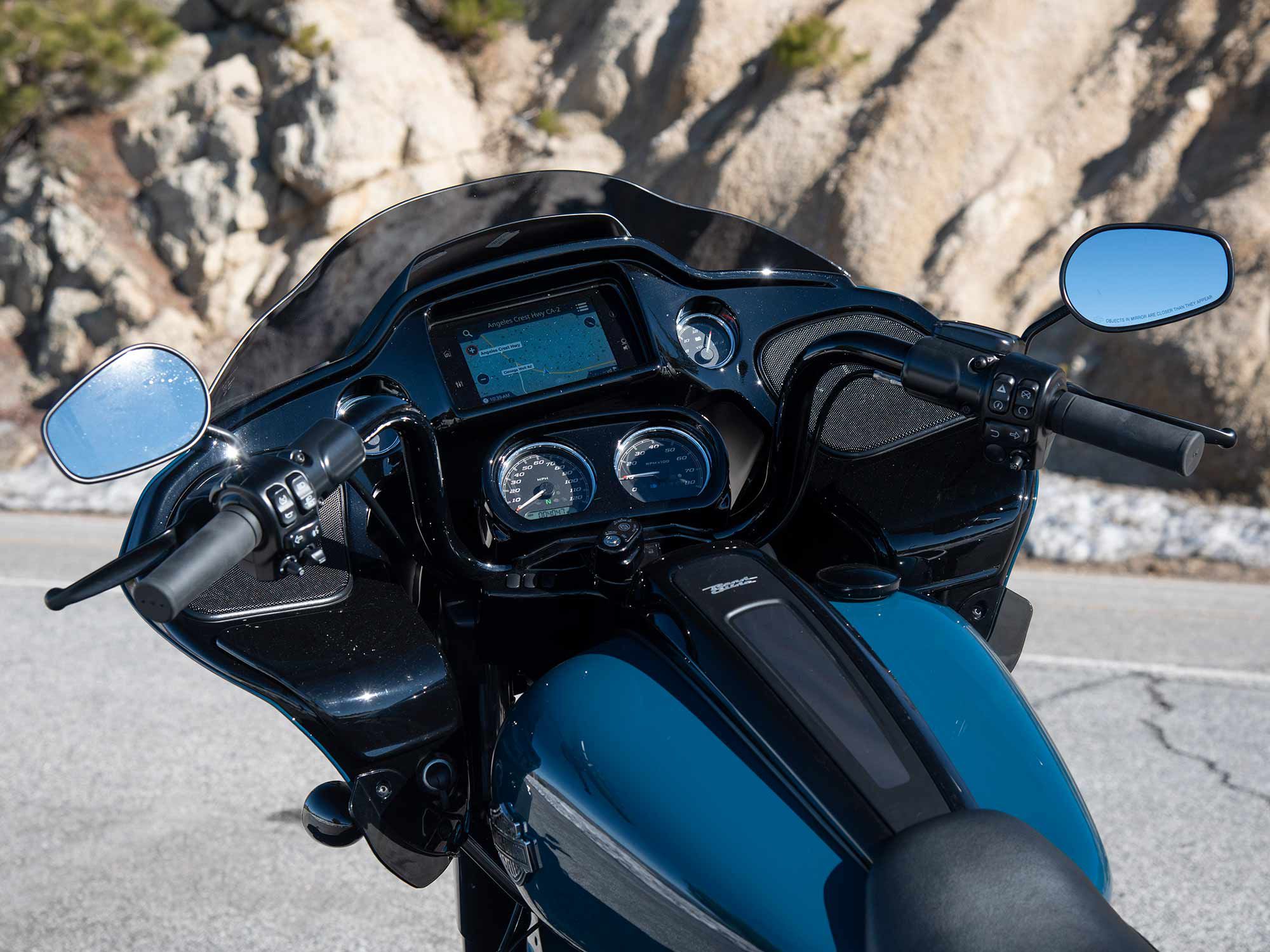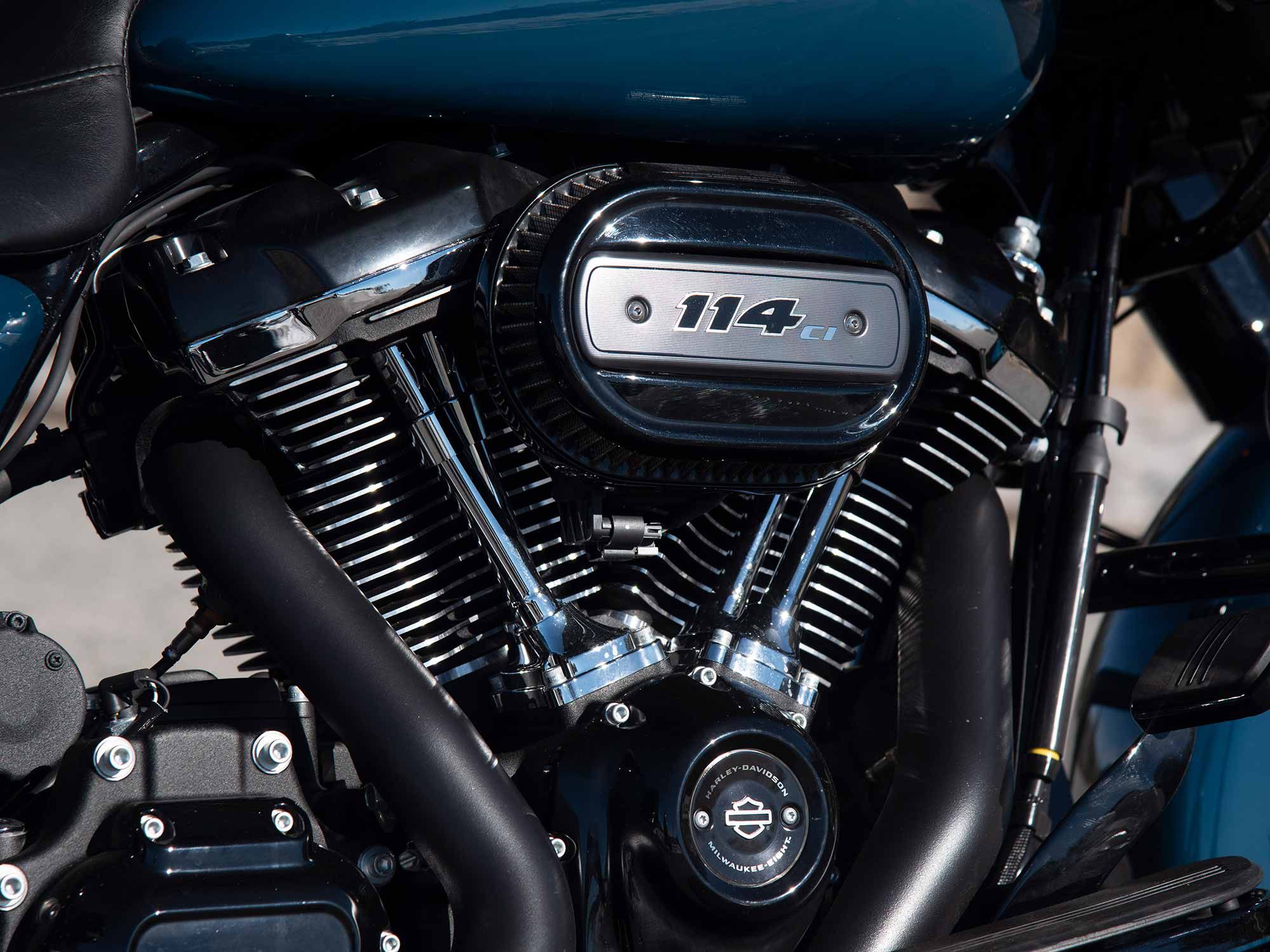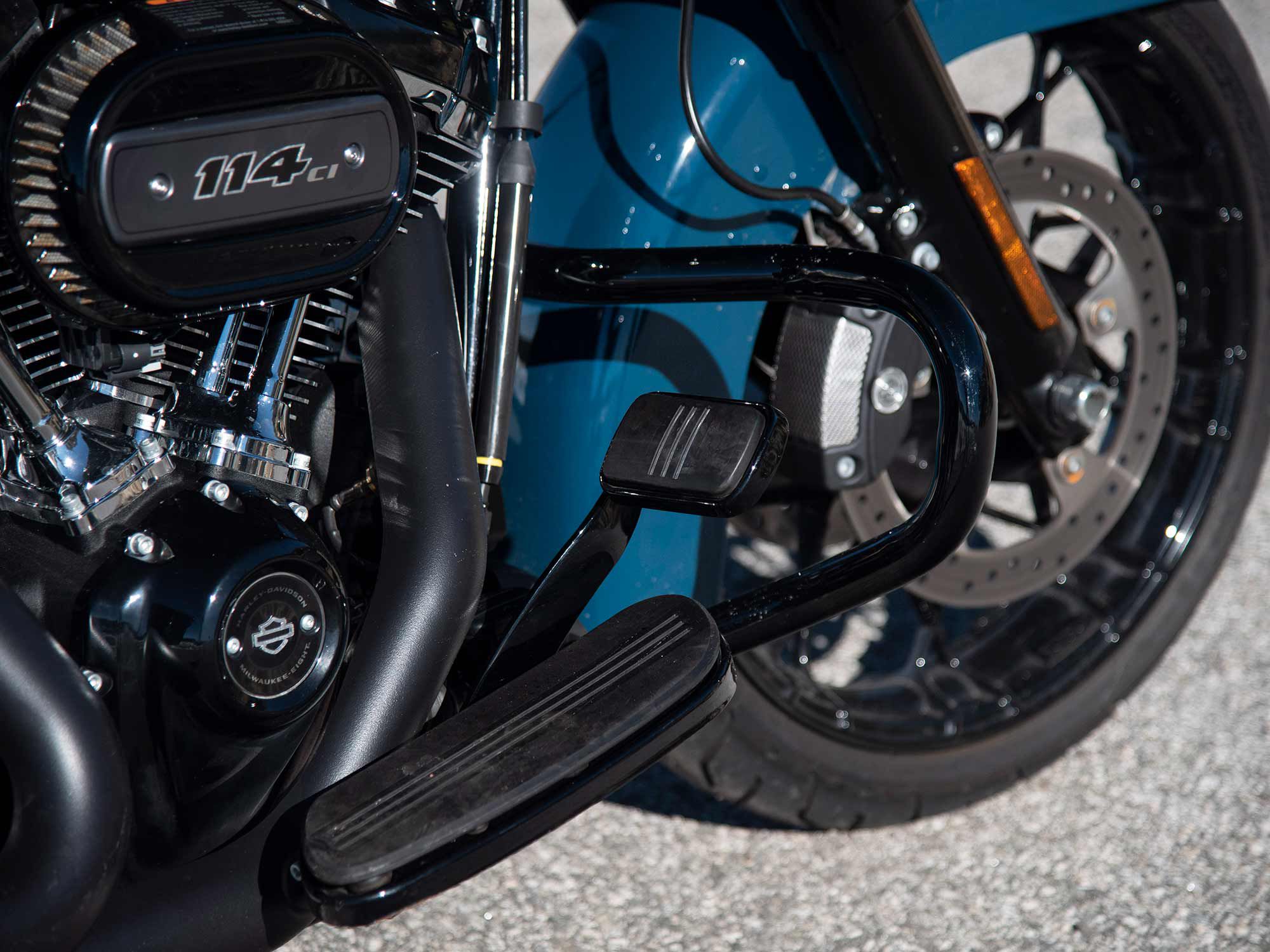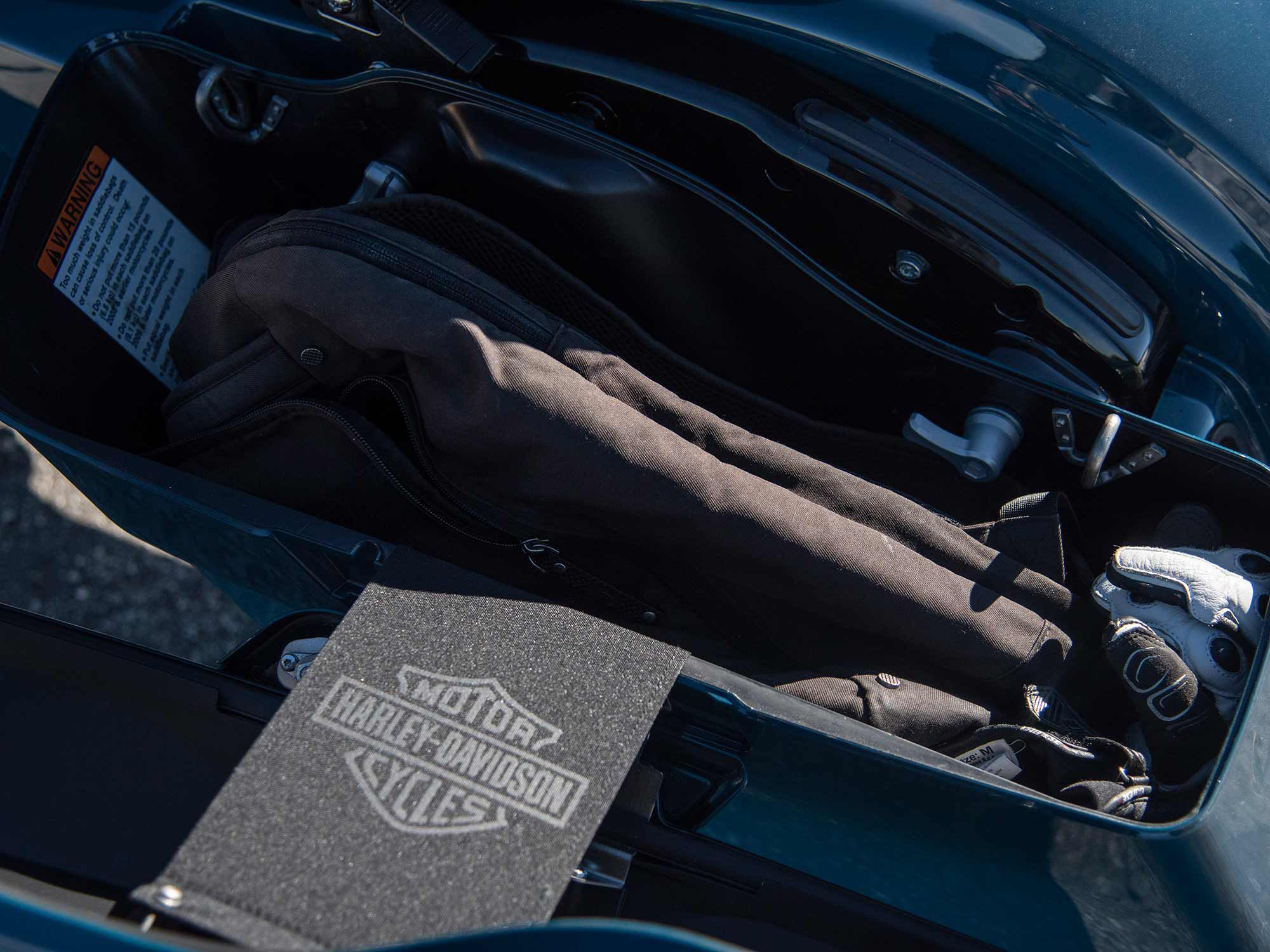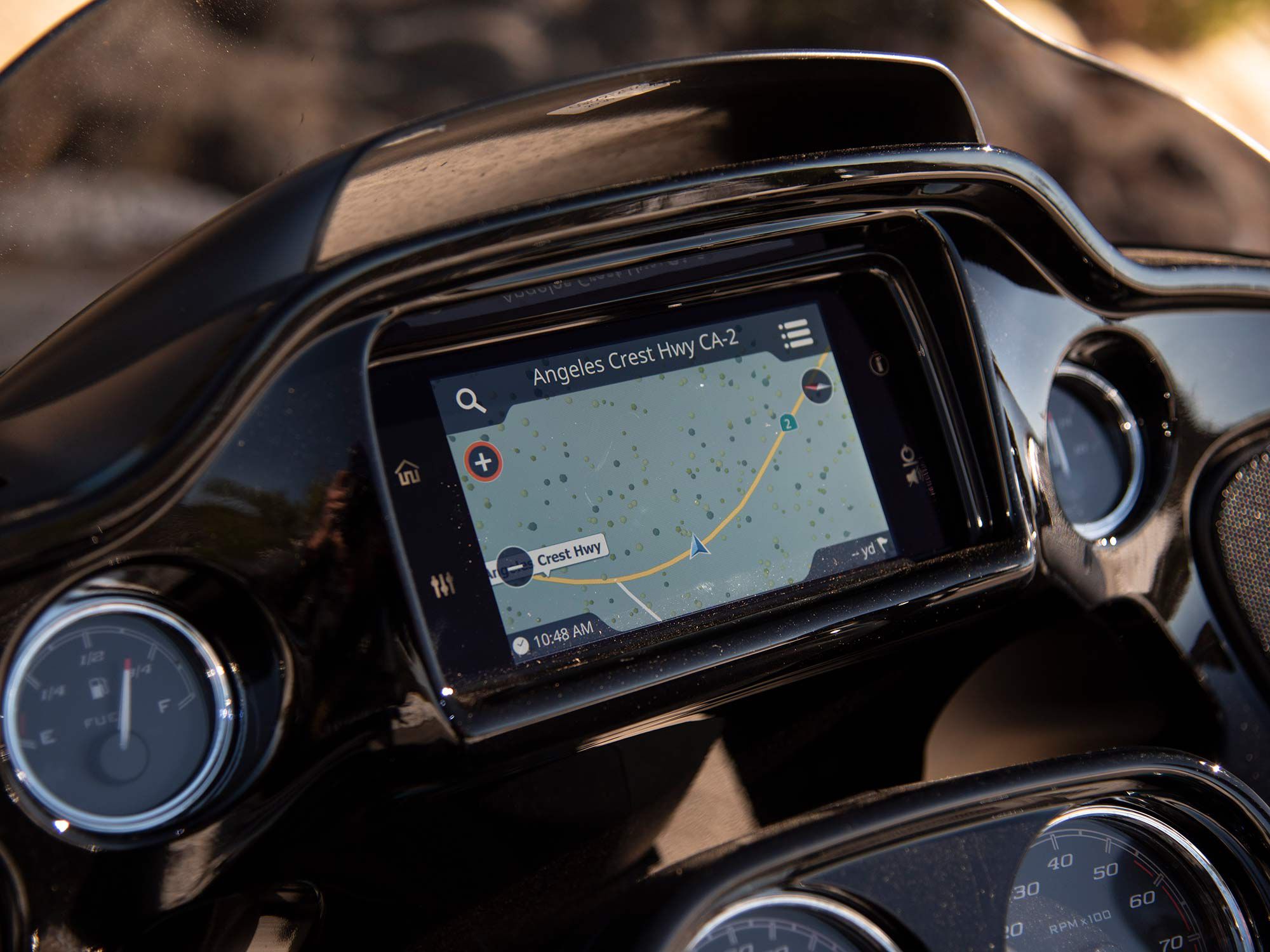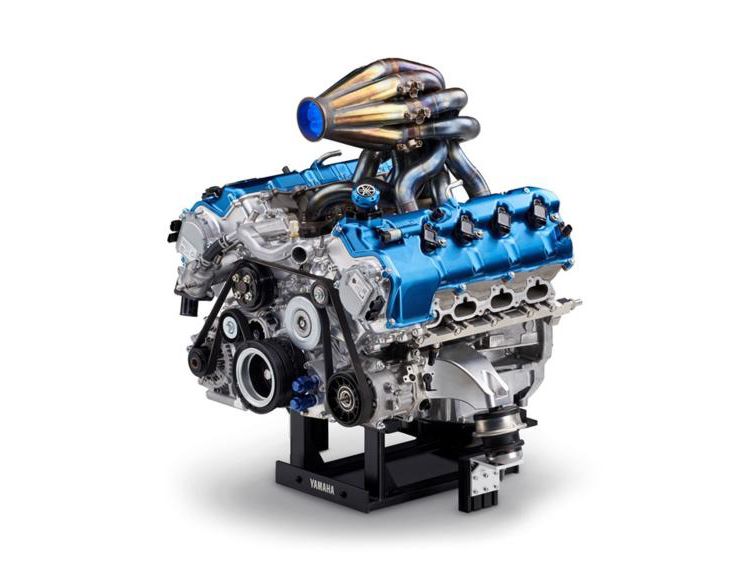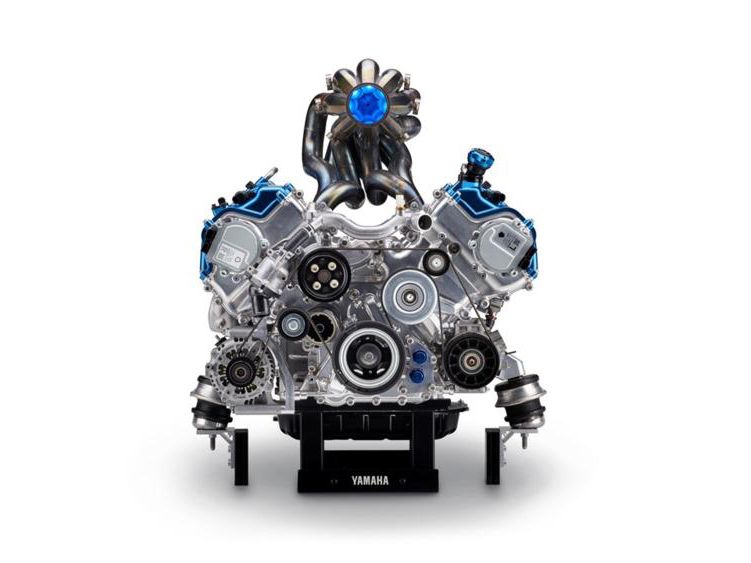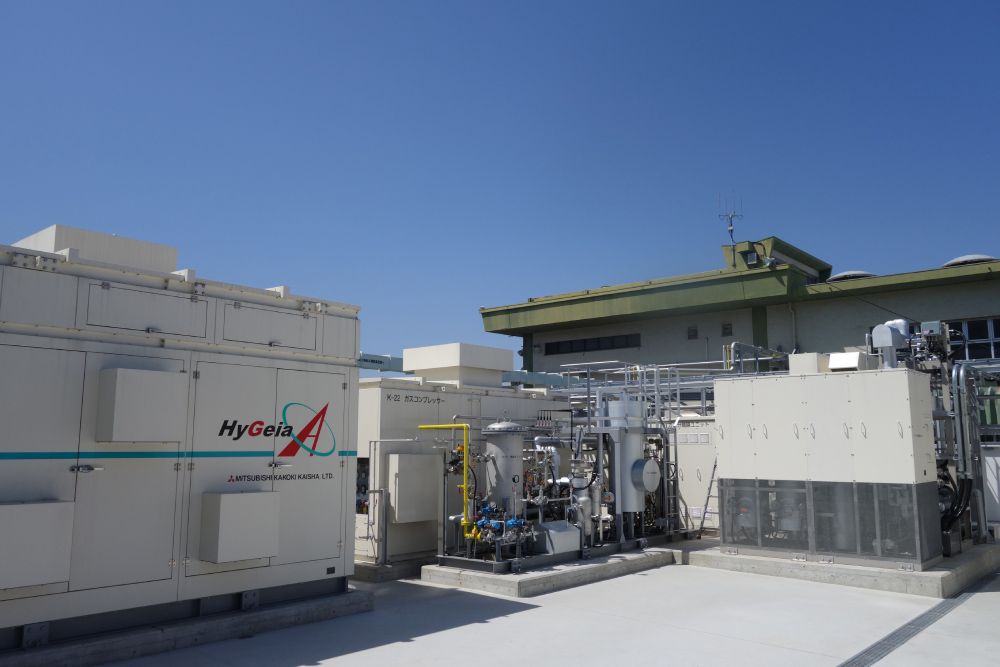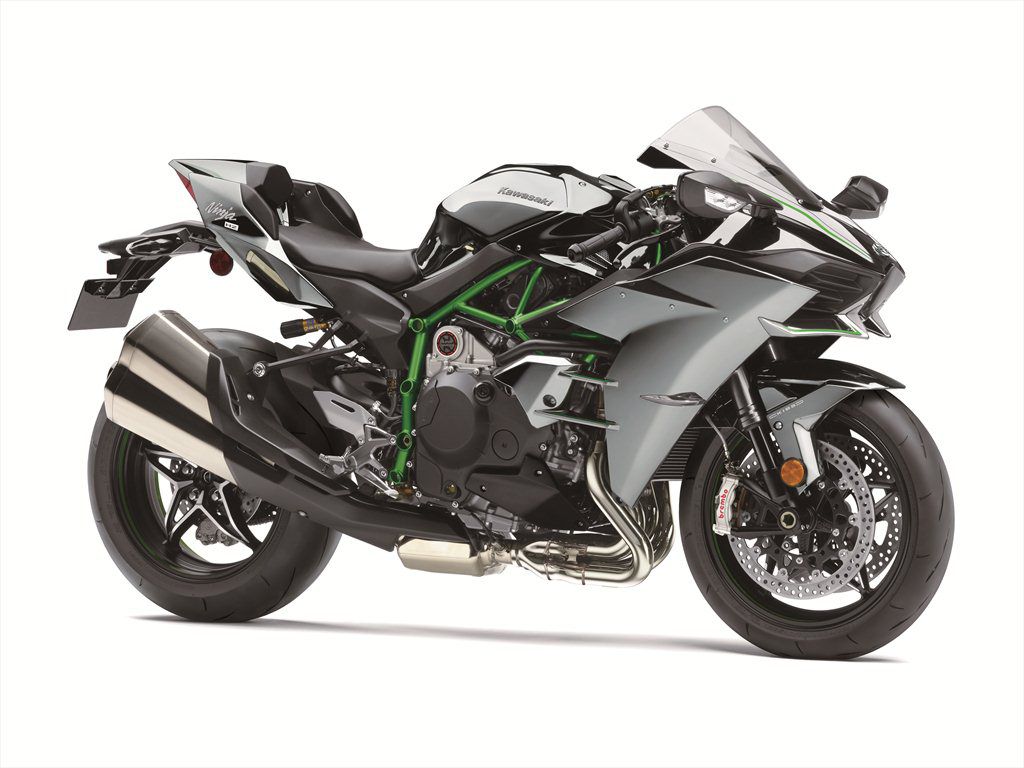
Ups
- Street-legal supercharged beast
- Nearly 190 RWHP stock, with monster torque curve
- Top-shelf chassis, suspension, brakes
Downs
- $30,500 price tag
- On the porky side (525 pounds wet)
- Poor fuel mileage
Verdict
Yes, there are sportbikes that can go through a set of corners or down the dragstrip quicker, but nothing (other than its racetrack-only brother H2R) can match the Kawasaki Ninja H2′s brutal yet precise inhaling of space and time when you twist the throttle. Don’t assume the H2 is a letdown by comparing its power numbers to its racetrack-only H2R brother; despite passing EPA exhaust and noise regulations, the H2 will peel your eyelids back with its mind-bending acceleration.
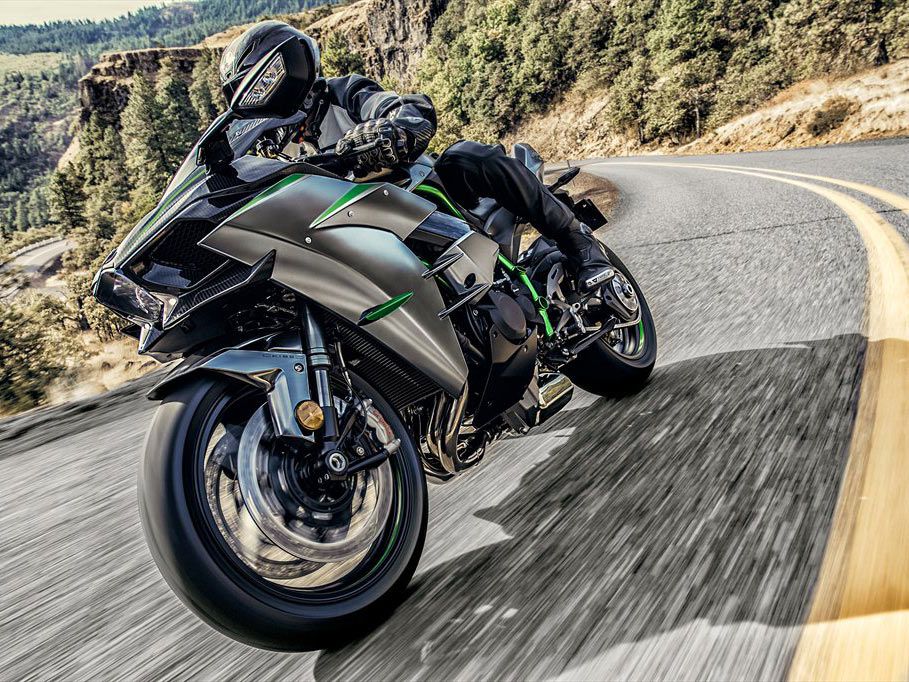
Overview
Kawasaki set the motorcycling world on its collective ear in 2015 when it released the Ninja H2R and its street-legal brother, the H2. Utilizing parent company Kawasaki Heavy Industries’ extensive expertise in turbine technology (KHI’s Aerospace division has decades of experience designing and manufacturing the turbine assemblies found in various Rolls-Royce jet engines used in commercial aircraft) allowed Kawasaki to fit a centrifugal supercharger in the tight confines of a sportbike and boost power to outrageous levels. A stock H2 cranked out almost 190 hp on the CW dyno, with a horsepower and torque curve that no normally aspirated production engine can match. And an H2 with only bolt-on modifications with Kent Kunitsugu riding managed to run 226.9 mph at a top speed meet in Mojave, California.
But just like the H2R, it’s not just all about power with the H2. A steel-tube trellis chassis and single-sided swingarm are tuned for cornering ability as well as straight-line stability, including top-tier KYB fully adjustable AOS II fork and Öhlins TTX shock with remote preload adjuster. Brembo’s latest Stylema four-piston calipers with 330mm discs provide excellent stopping power, and a full electronic rider aids suite employing a five-axis IMU helps the rider harness that performance.
All of the Ninja H2R/H2/H2 Carbon motorcycles are built to order, requiring deposits within a limited ordering period. Each bike is hand assembled by specialized personnel at the factory.
Updates for 2022
There are no updates for 2022 on both the Ninja H2 and Ninja H2 Carbon. Available colorways are Mirror Coated Spark Black for the Ninja H2, and Mirror Coated Matte Spark Black/Candy Flat Blazed Green for the Ninja H2 Carbon.
Pricing and Variants
The 2022 Ninja H2 retails for $30,500. The Ninja H2 Carbon features a carbon fiber upper cowl fairing with clear coat paint to show off the carbon weave; this model sells for $34,000.
Competition
Being the only forced induction production motorcycle in the market means the Ninja H2 doesn’t have any direct competition. But if you look at it from the “halo bike” aspect (an extravagant model that represents a brand’s design and manufacturing prowess), then competitors could include the Ducati Panigale V4 R, BMW M 1000 RR, or even the MV Agusta Rush.
Powertrain: Engine, Transmission, and Performance
The Ninja H2′s 998cc DOHC inline-four engine cranked out an impressive 189.8 hp at 11,090 rpm and 91.2 pound-feet of torque at 10,790 rpm on the CW dyno back in 2015 (the last time that we’ve had access to a Kawasaki H2), and recorded a swift 9.62 seconds at 152 mph in the quarter-mile, but none of those figures tell the full story of just how mind-bending the H2′s acceleration really is. “ZX-14R? Hayabusa? Meh. Gruntier, yes, but also somehow more flaccid feeling and also less agile,” said CW Editor-in-Chief Mark Hoyer in his Road Test Review of the Ninja H2. “The H2 is just so sharp…waltz up to 8,000 rpm in third, two bars of boost showing on the dash (you think so, anyway), and roll it wide open for ohmygodisthat132mphbeforemynextbreath?!” A MotoGP-inspired dog-ring transmission (where only the gear engagement dog-rings slide on the gearshafts for quicker gearshifts) and KQS auto-blip shifter for clutchless up- and downshifts ensure that power is as uninterrupted as possible.
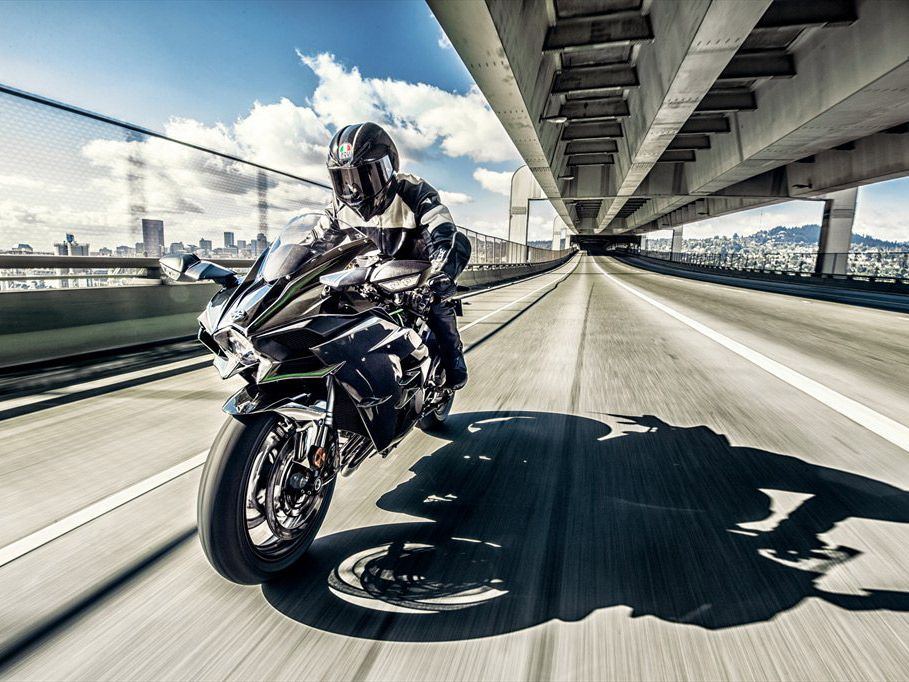
Handling
With its purpose-built steel-tube trellis frame and top-shelf suspension, the Ninja H2 is much more agile than its 525-pound wet weight and 57.3-inch wheelbase would lead you to believe. “The bike worked the 3.375-mile, 16-turn Losail circuit with remarkable competence,” said CW’s Don Canet in his First Ride Review of the Ninja H2, “displaying handling that will run circles around the ZX-14R and Suzuki ‘Busa.” Cornering clearance is abundant, and despite its bulky appearance, the exhaust muffler never drags at max lean.
Brakes
Huge 330mm discs clamped by Brembo’s top-spec Stylema four-piston Monoblock calipers and a two-piston caliper/250mm disc combo out back utilizing KIBS (Kawasaki Intelligent Braking System) ABS do an excellent job of slowing the Ninja H2. Canet revealed during his time on the Losail circuit with the H2 that he “felt no ill effect on the rare occasion I invoked ABS aboard the H2 (feeling a subtle pulse in the lever without any freewheeling).”
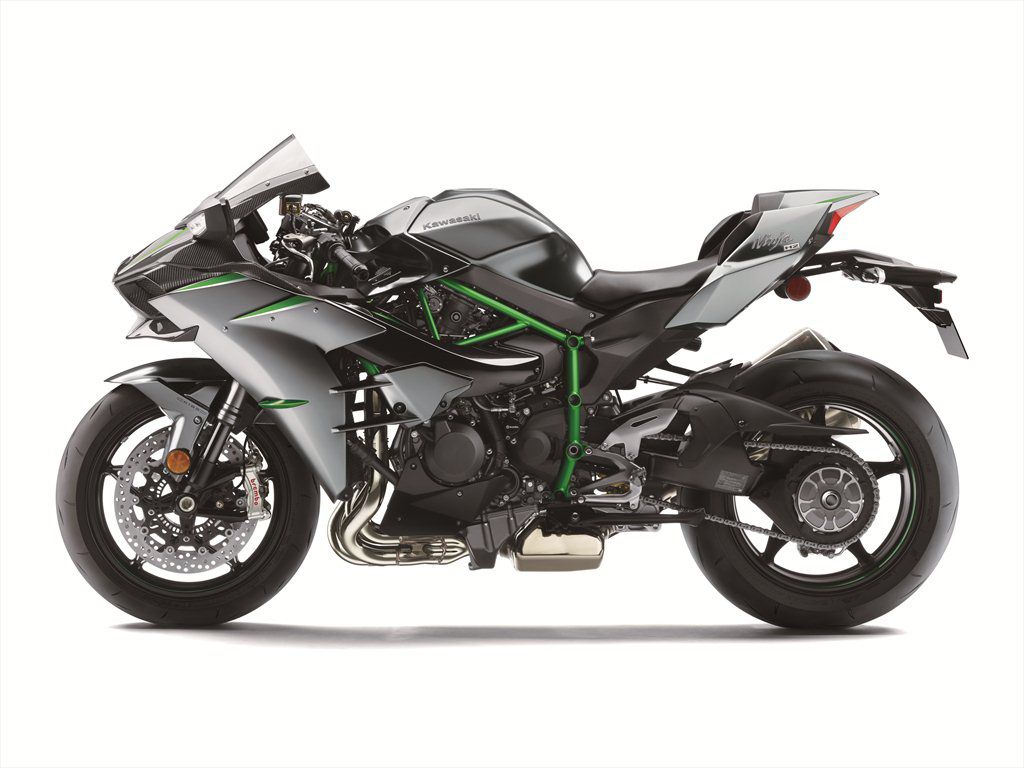
Fuel Economy and Real-World MPG
The Ninja H2 averaged 28 mpg during Hoyer’s Road Test Review.
Ergonomics: Comfort and Utility
Although the Ninja H2 is basically a serious sport machine, its ergos are not quite as aggressive as the latest supersport bikes. “The riding position feels slightly more relaxed than that of a ZX-10R,” said Canet in his First Ride Review of the H2. Taller riders might feel a little pretzeled, however. “If you are 6-foot-2 like me, your hands are lower than your knees, like a sprinter ready to fire out of the blocks,” noted Hoyer in his H2 Road Test Review.
Electronics
The Ninja H2/H2 Carbon/H2R were all upgraded in 2017 with a Bosch five-axis IMU that significantly updated the rider-aid electronics suite. The KTRC traction control system now has nine different levels along with a Cornering ABS function in the KIBS. The KEBC (Kawasaki Engine Brake Control) has two settings, “Off” for normal function, and “Light” for less engine-braking. Launch control is handled by the KLCM (Kawasaki Launch Control Mode) with three modes. The KQS now has both clutchless downshift and upshift capability. Smartphone connectivity via Bluetooth allows access to the Rideology app that logs various riding data.
Warranty and Maintenance Coverage
The 2022 Kawasaki Ninja H2 and H2 Carbon come with Kawasaki’s standard 12-month limited warranty. Extended coverage is available in 12, 24, 36, or 48 months via Kawasaki Protection Plus option.
Quality
The Ninja H2 bristles with extreme quality parts and finish. Yes, the price tag is very hefty, but you’re definitely getting what you pay for. Case in point: The flawless, hand-applied paint has a very deep, mirrorlike yet translucent finish that is created by using a solution of silver ions in a reducing agent that forms a microscopic layer of pure silver.
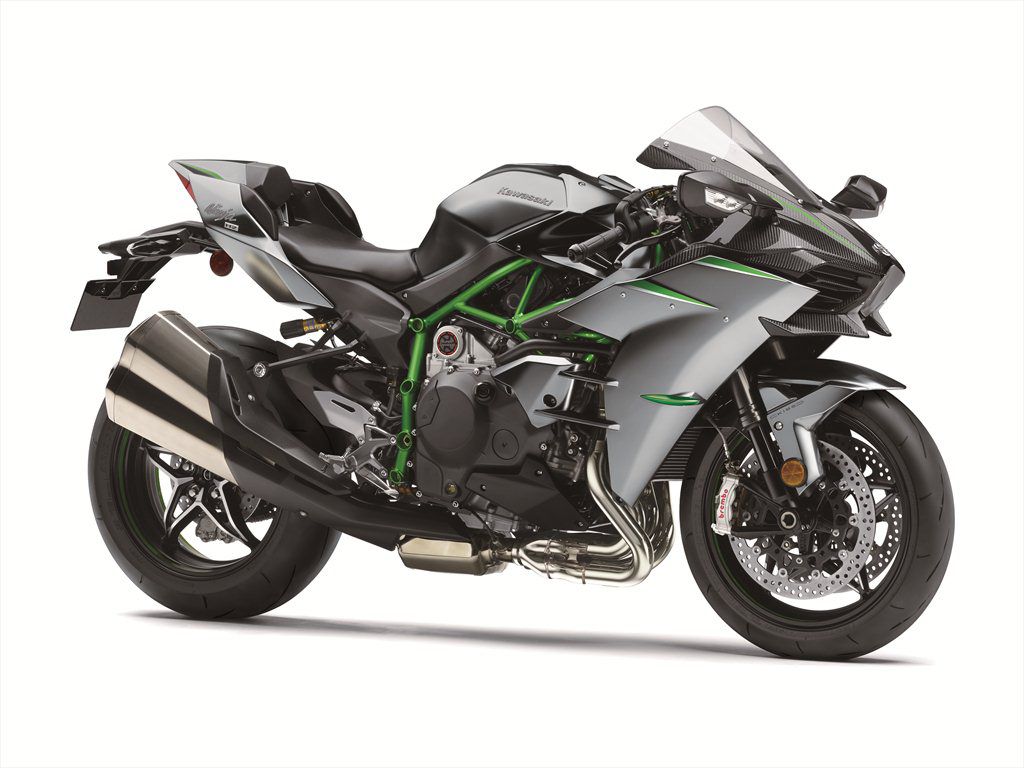
2022 Kawasaki Ninja H2/H2 Carbon Claimed Specifications
| MSRP: | $30,500/$34,000 (Ninja H2 Carbon) |
| Engine: | 998cc, DOHC, liquid-cooled inline-four; 16 valves |
| Bore x Stroke: | 76.0 x 55.0mm |
| Transmission/Final Drive: | 6-speed/chain |
| Fuel Delivery: | Electronic fuel injection w/ 50mm throttle bodies; centrifugal supercharger |
| Clutch: | Wet, multiple disc; cable operation |
| Engine Management/Ignition: | Ride-by-wire/TCI |
| Frame: | Steel-tube trellis chassis |
| Front Suspension: | 43mm KYB AOS II inverted fork, fully adjustable; 4.7 in. travel |
| Rear Suspension: | Öhlins TTX36 shock, fully adjustable w/ remote spring preload adjuster; 5.3 in. travel |
| Front Brake: | Brembo Stylema 4-piston Monoblock caliper, dual 330mm discs w/ ABS |
| Rear Brake: | 2-piston caliper, 250mm disc w/ ABS |
| Wheels, Front/Rear: | Cast aluminum; 17 x 3.50 in. / 17 x 6.00 in. |
| Tires, Front/Rear: | 120/70ZR-17 / 200/55ZR-17 |
| Rake/Trail: | 24.5°/4.1 in. |
| Wheelbase: | 57.3 in. |
| Ground Clearance: | 5.1 in. |
| Seat Height: | 32.5 in. |
| Fuel Capacity: | 4.5 gal. |
| Wet Weight: | 525 lb. |
| Contact: | kawasaki.com |
Source: MotorCyclistOnline.com

